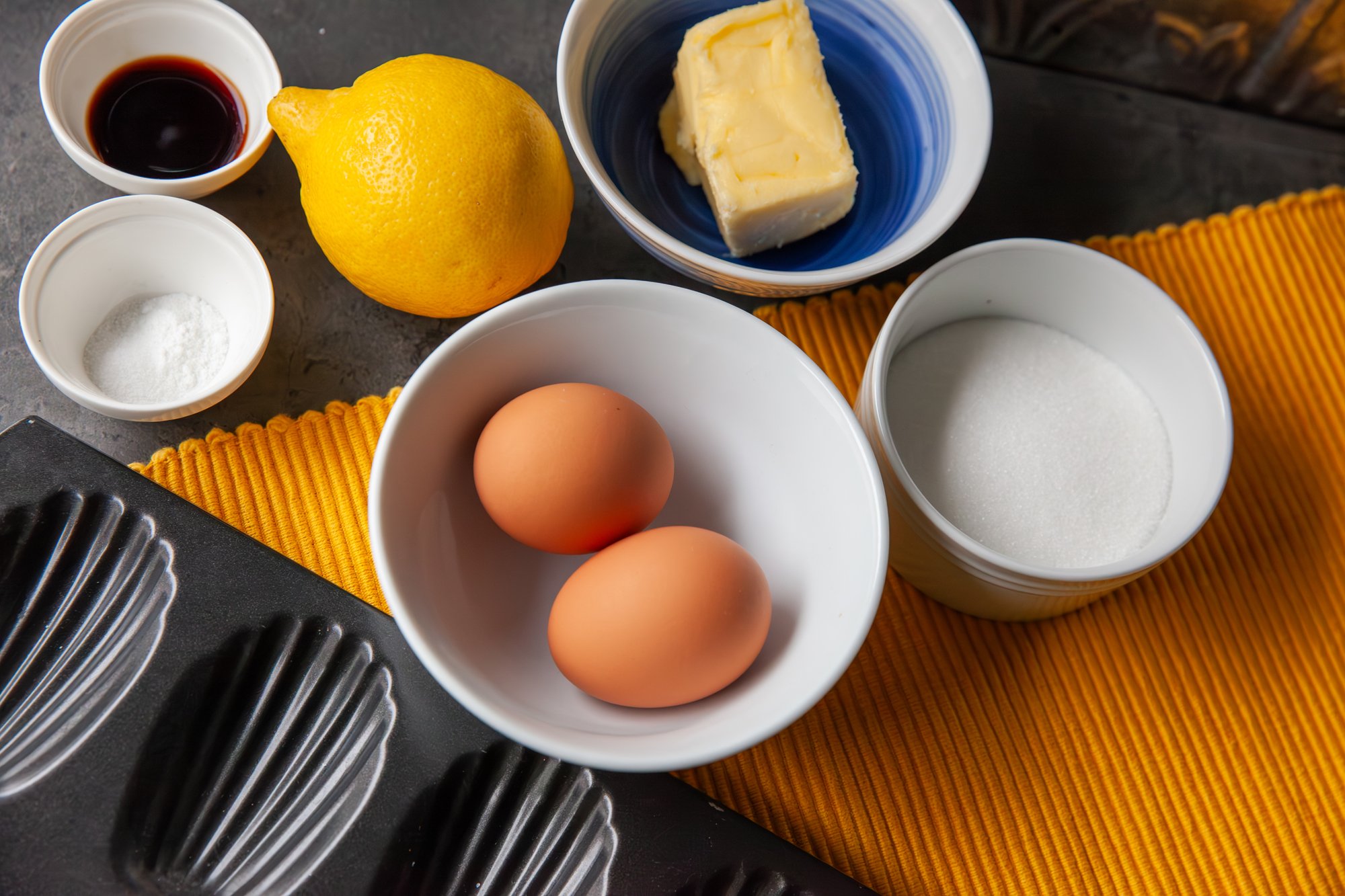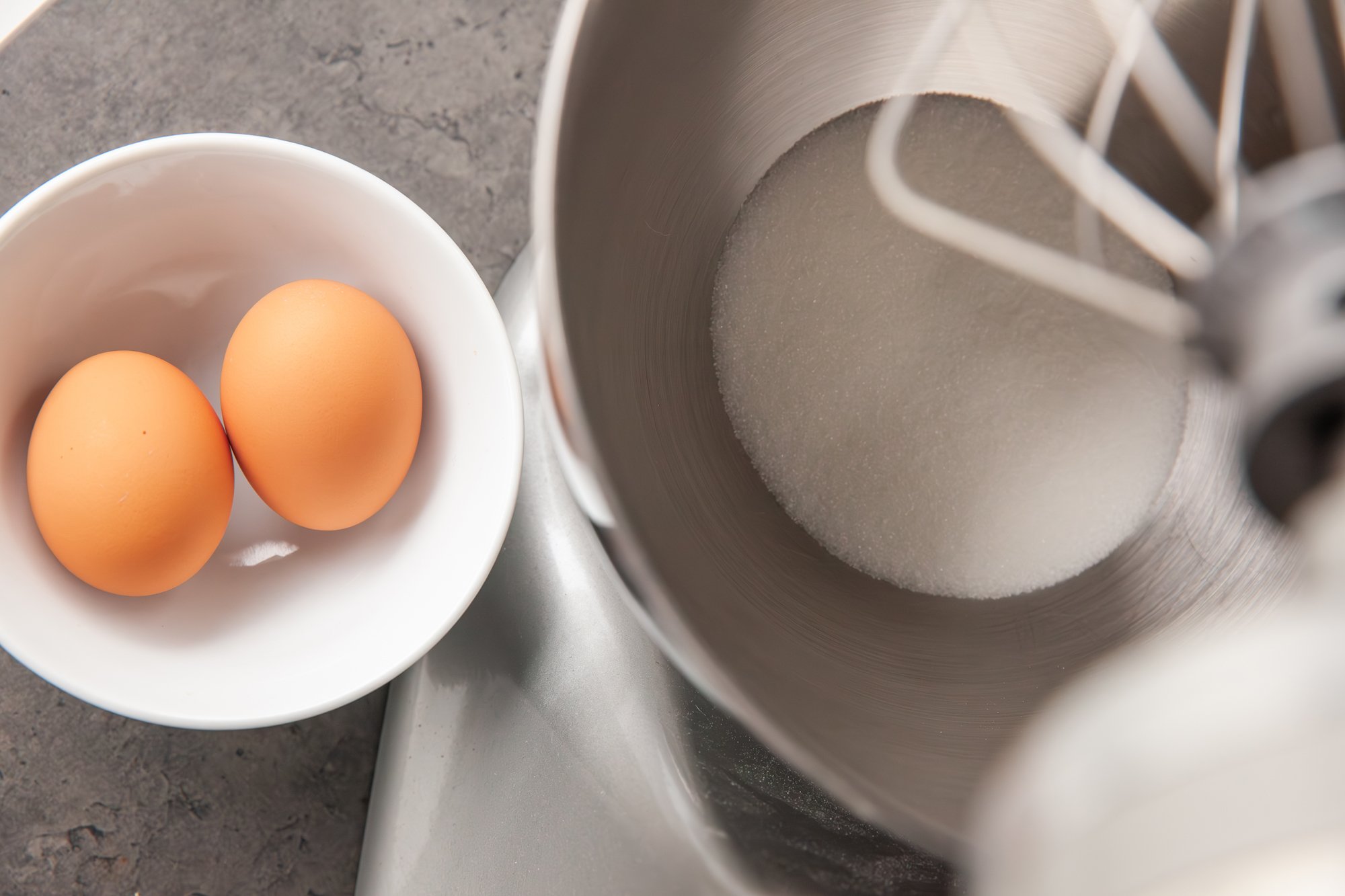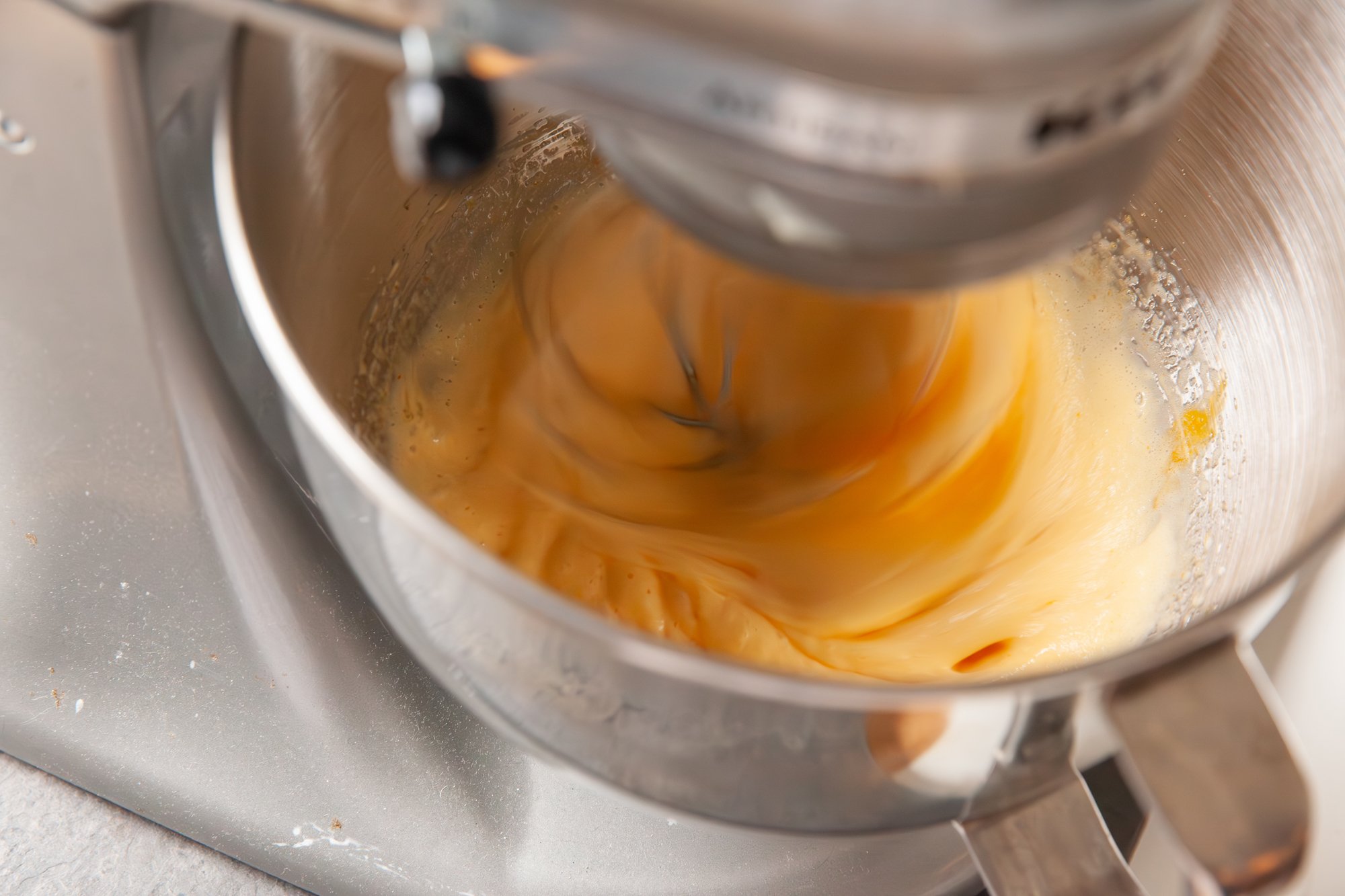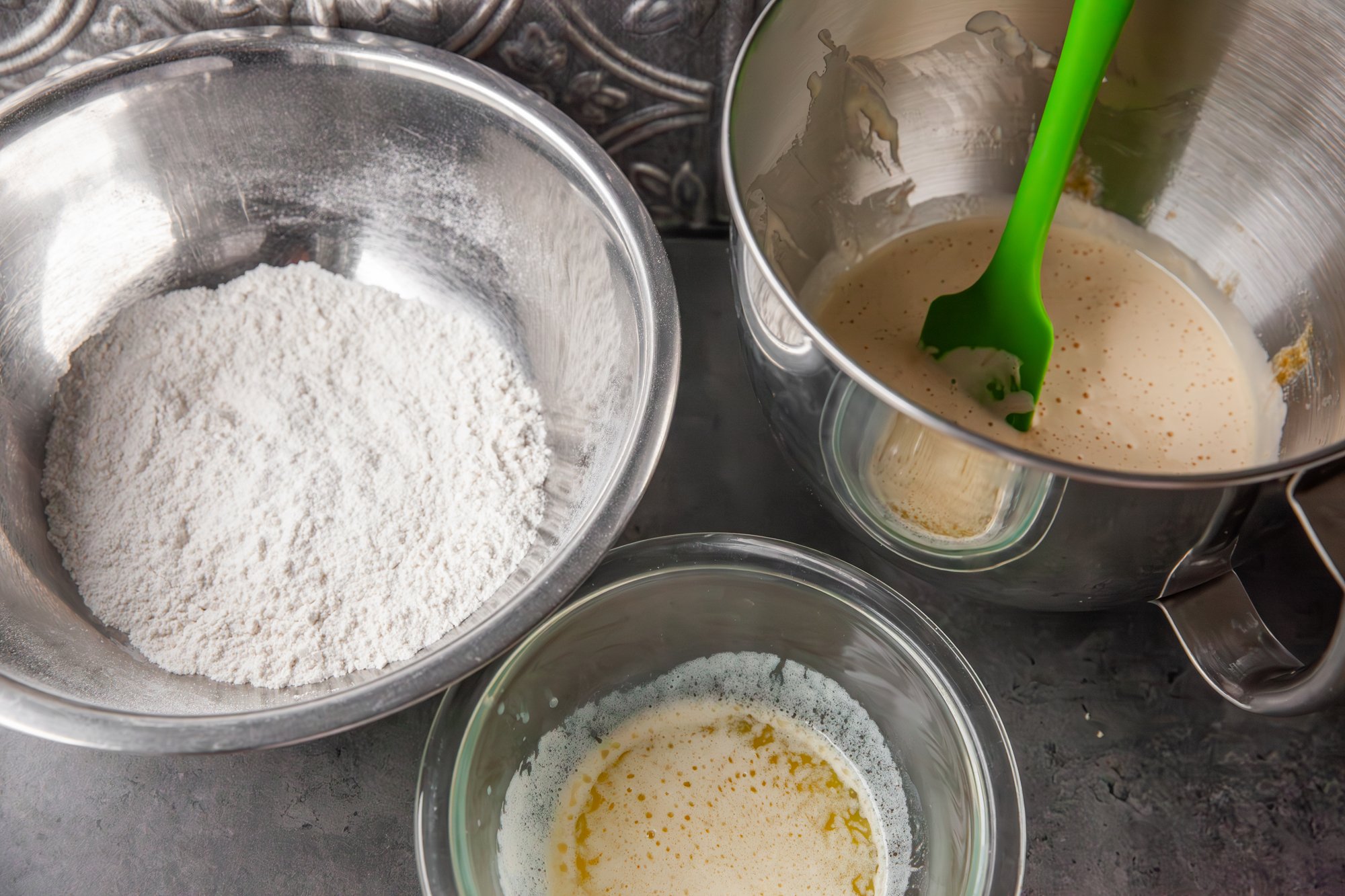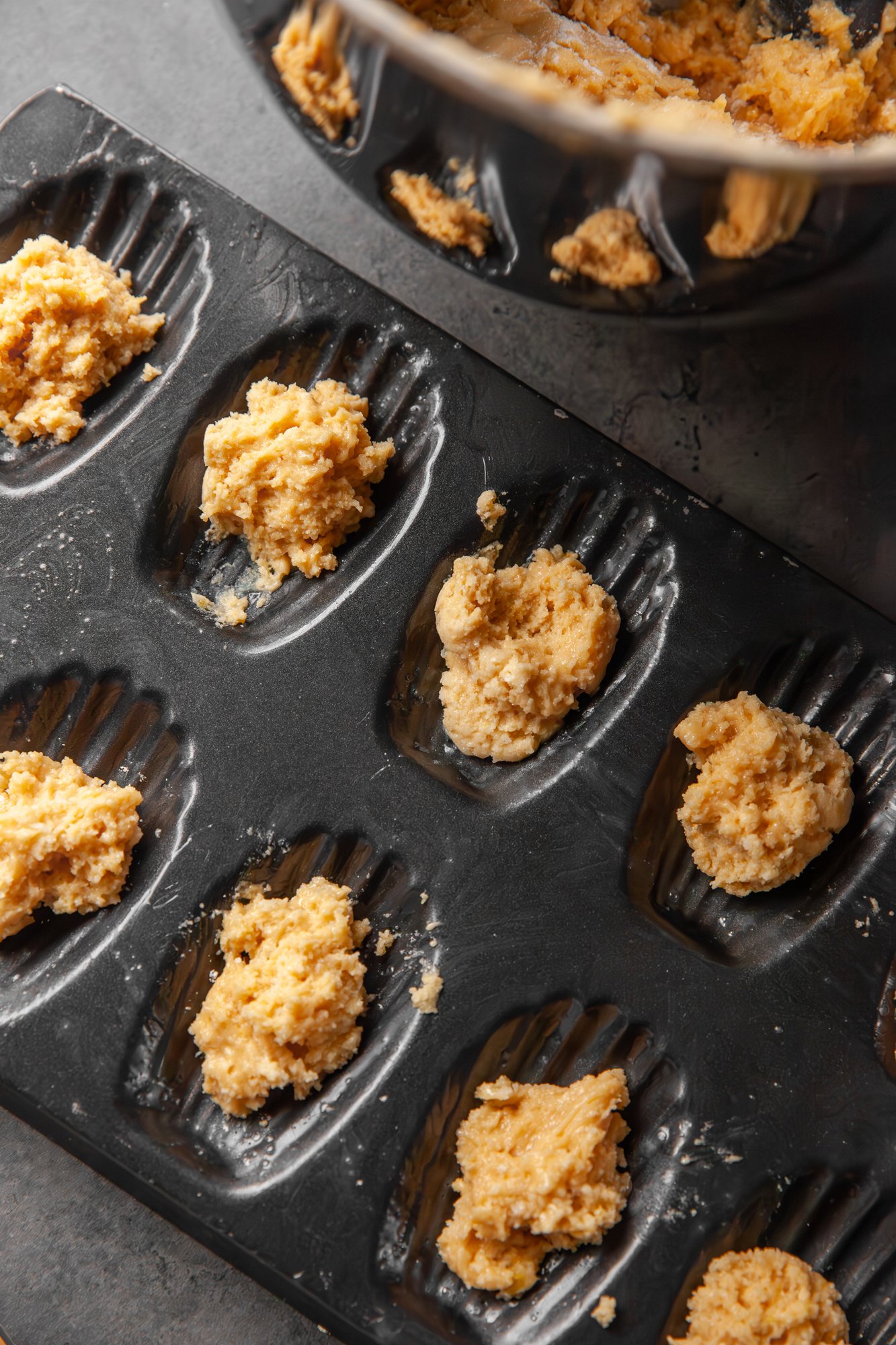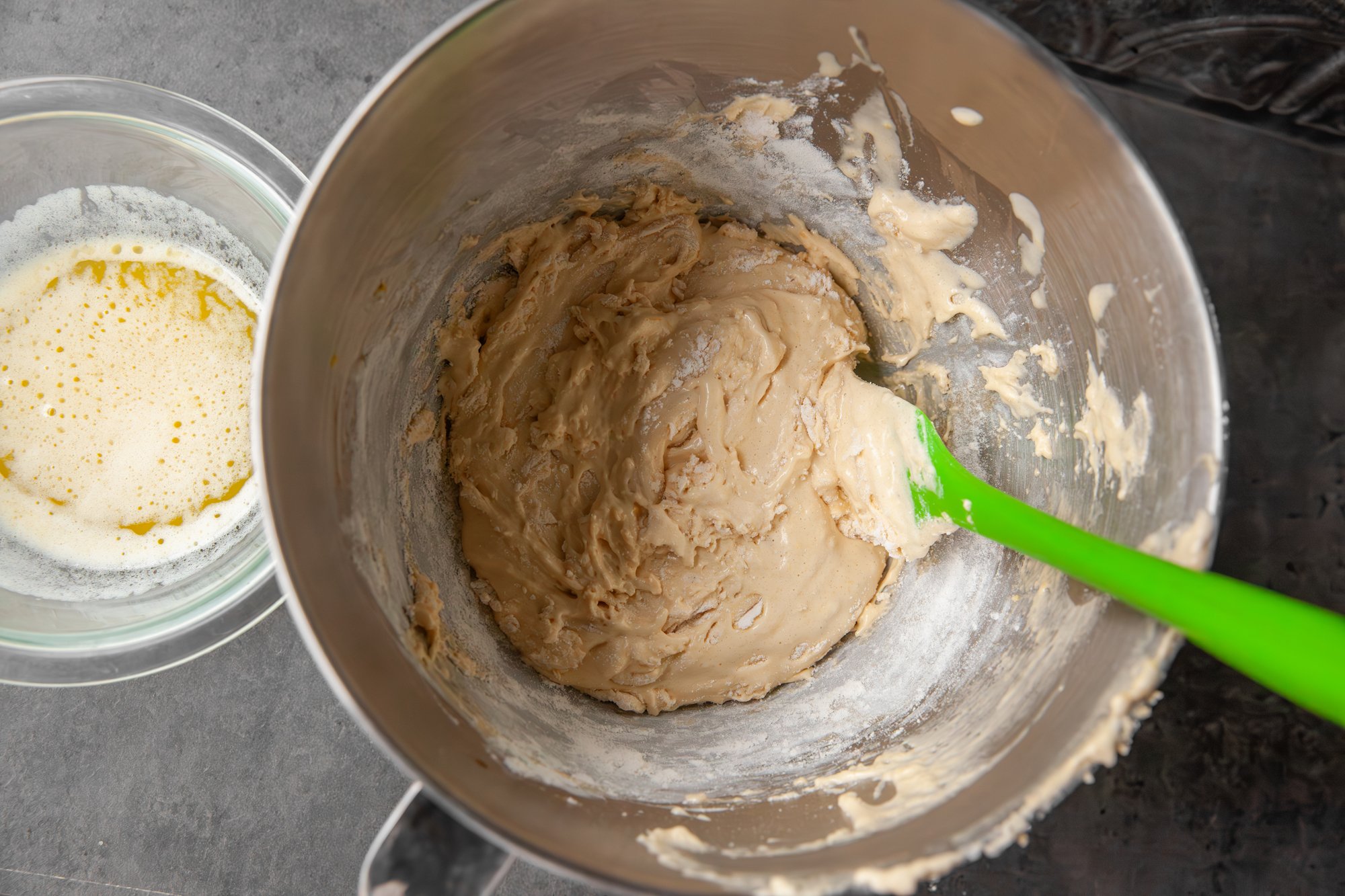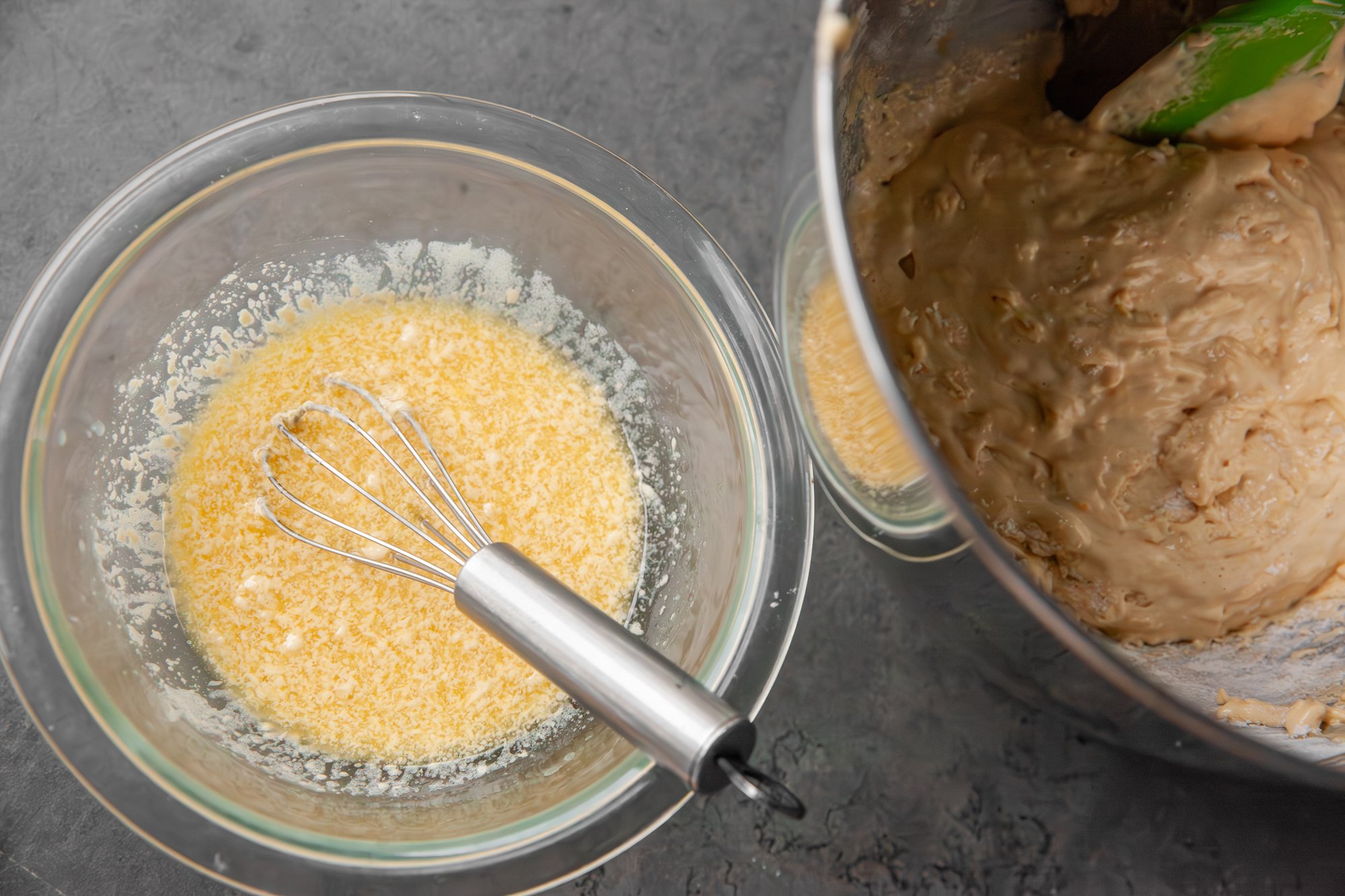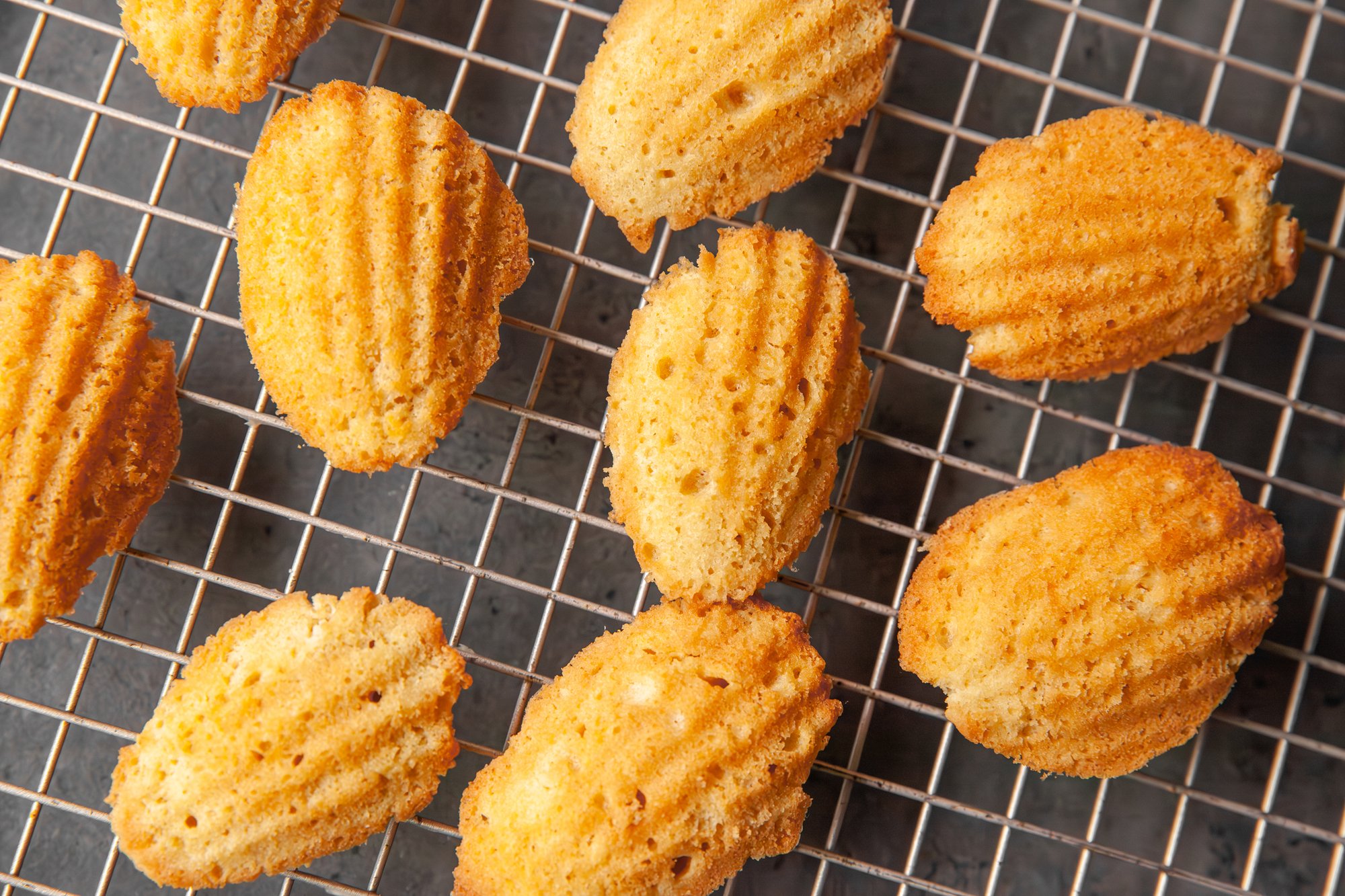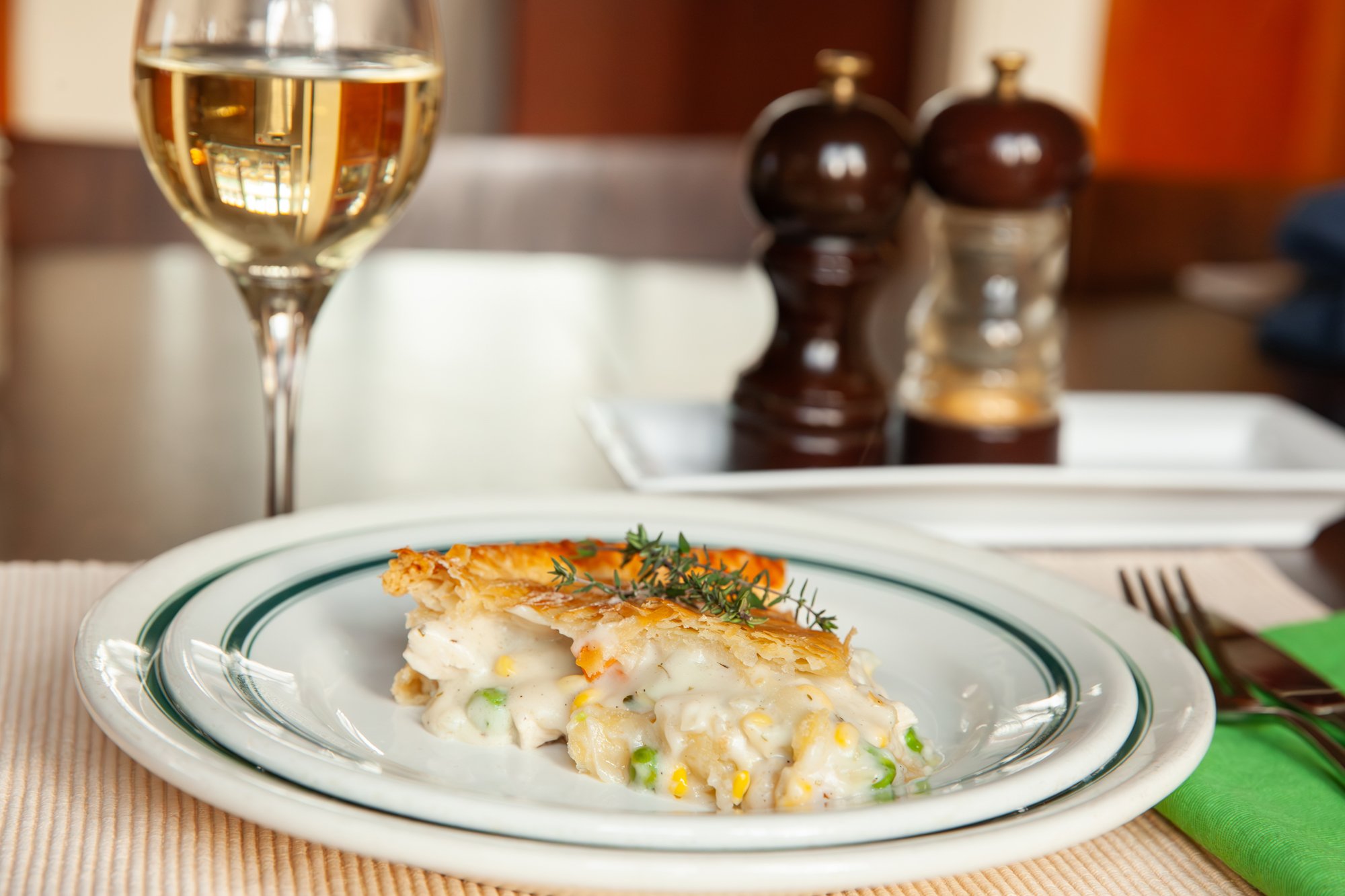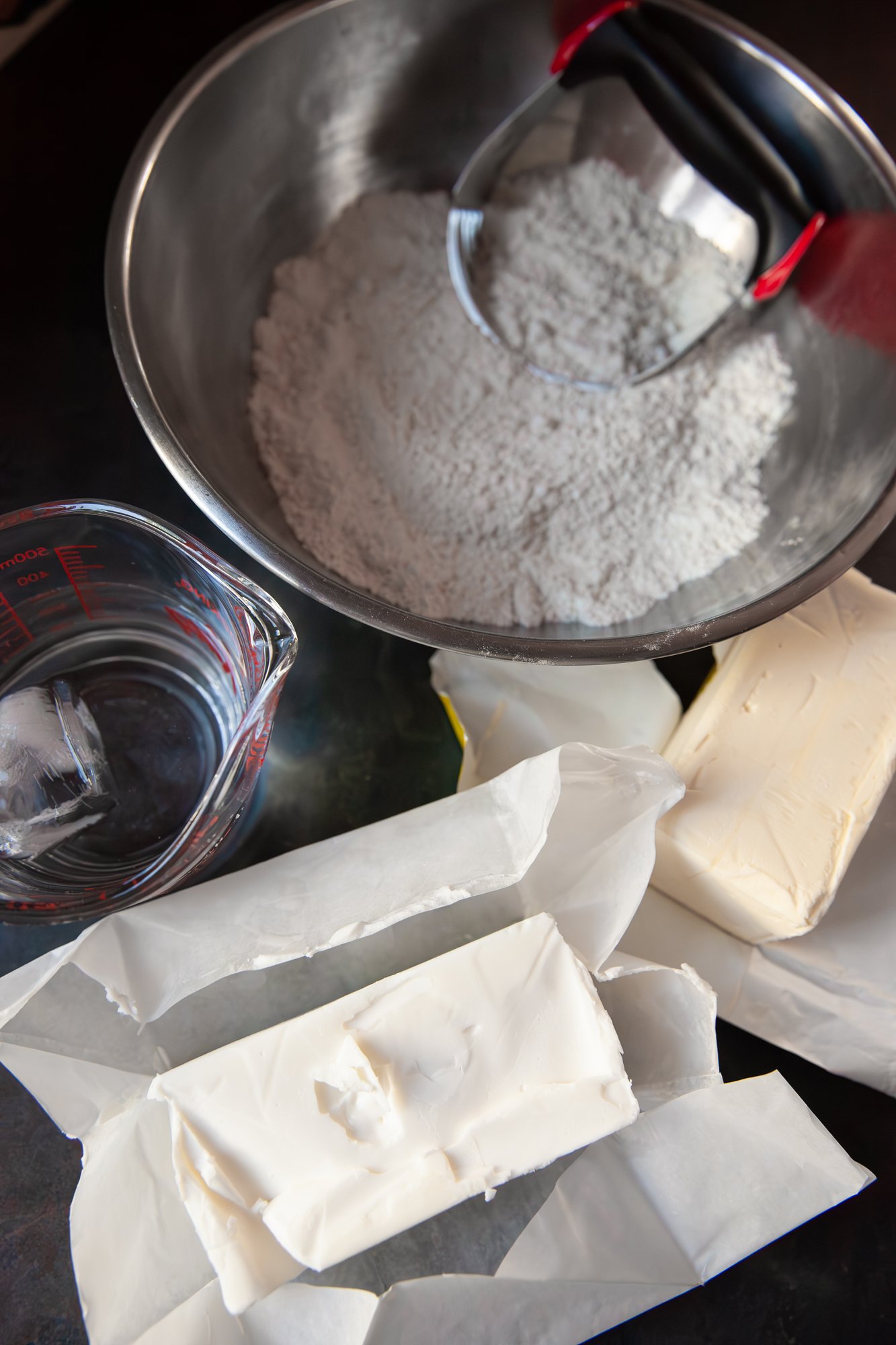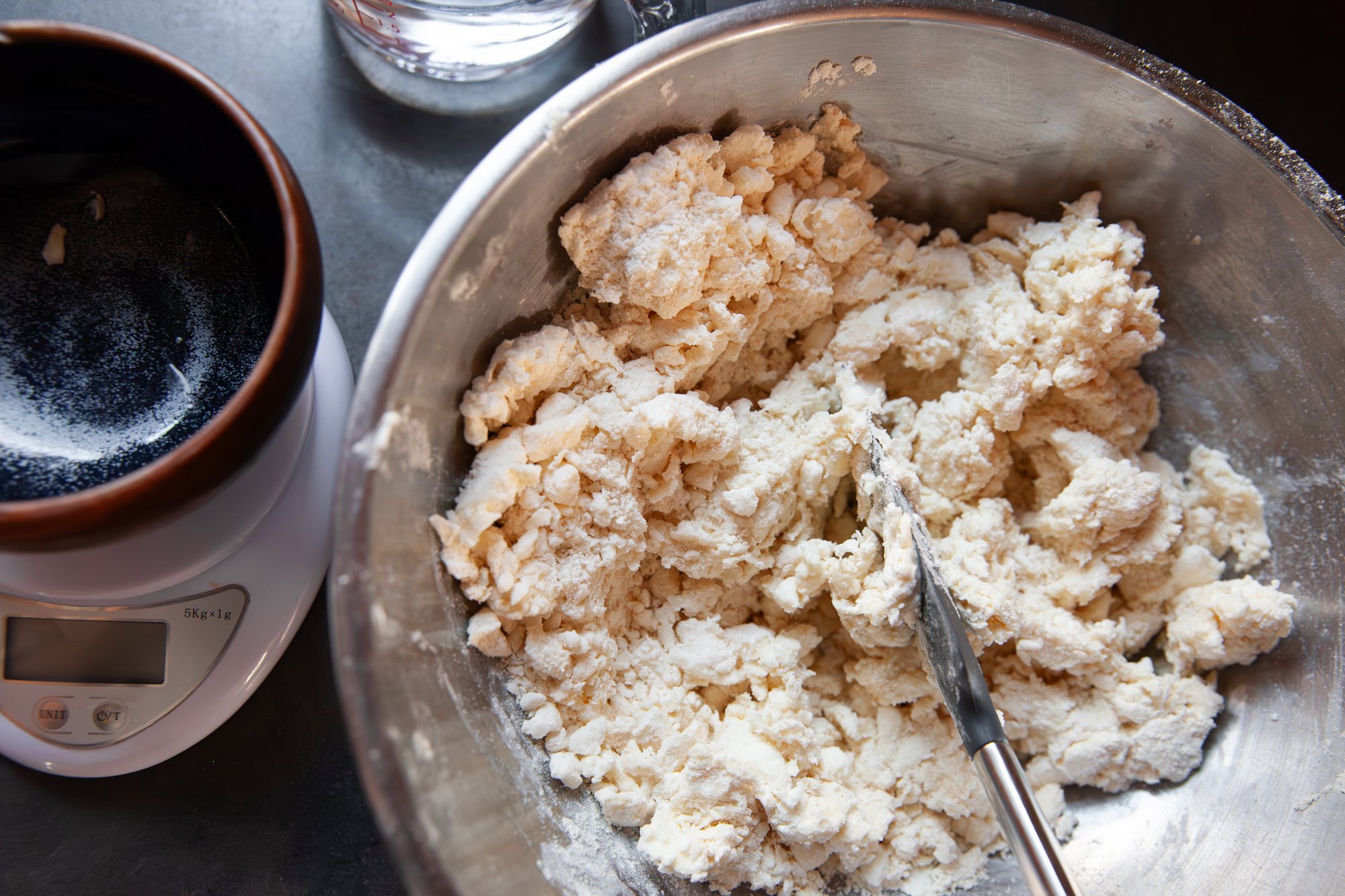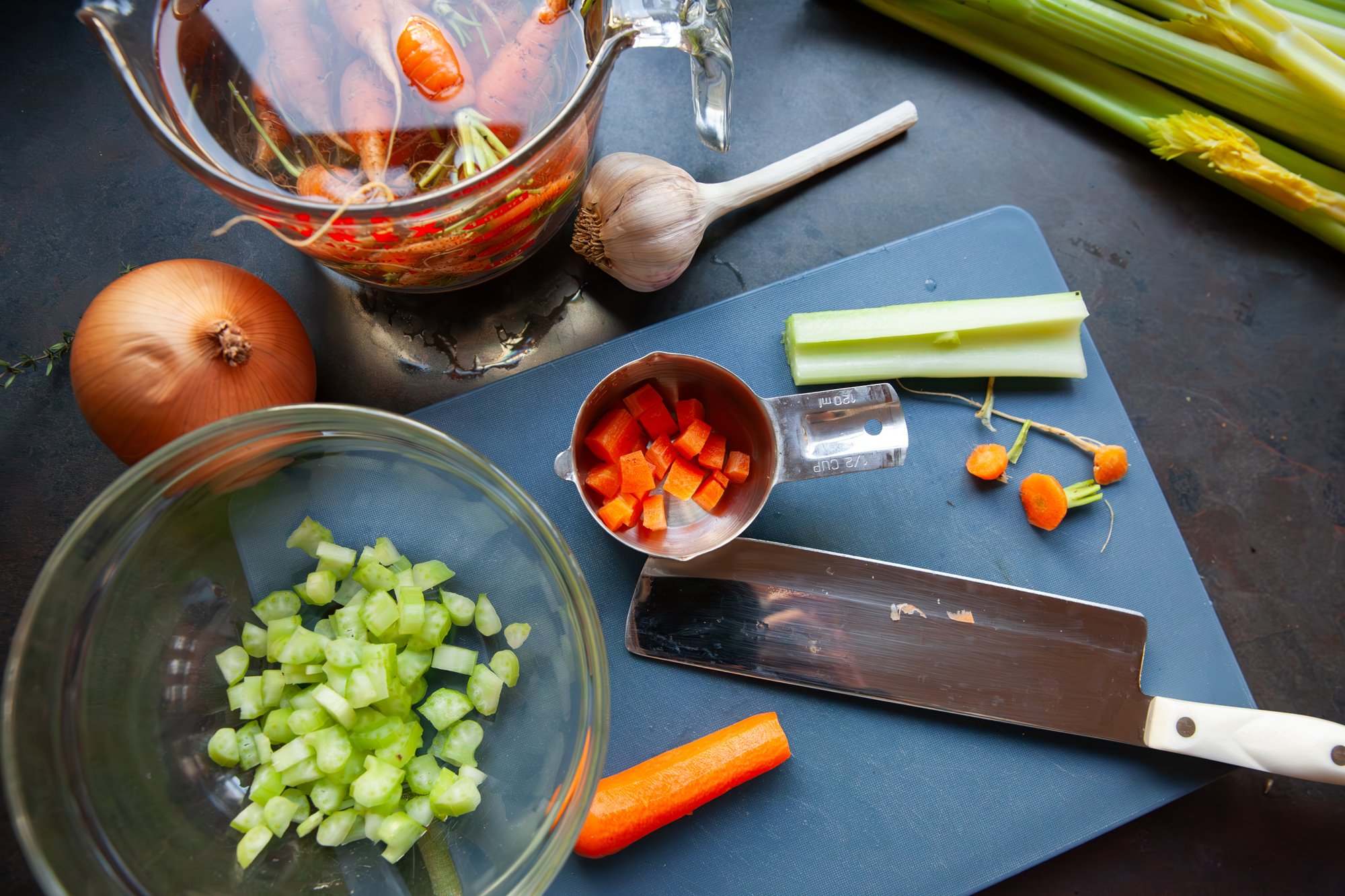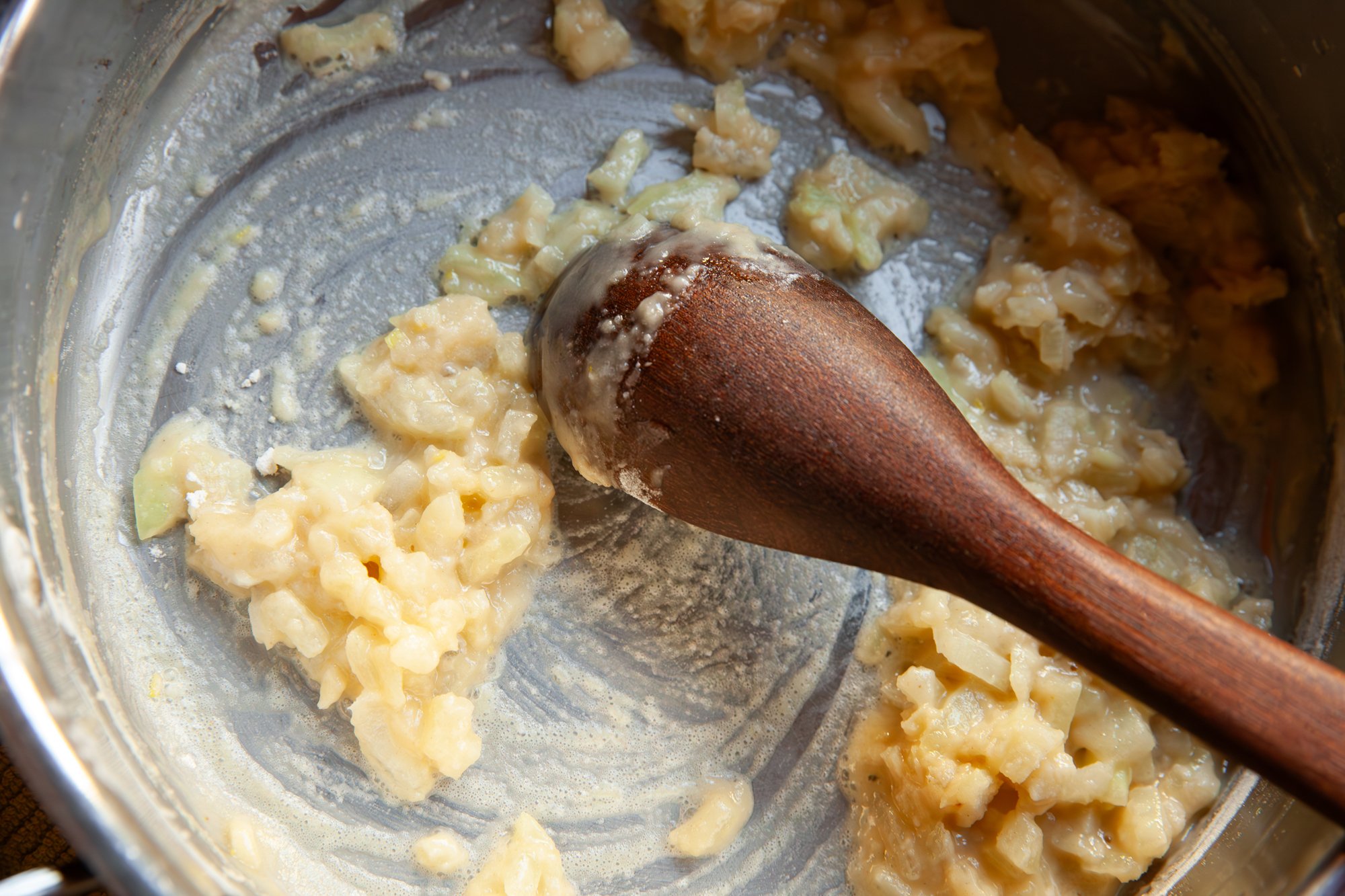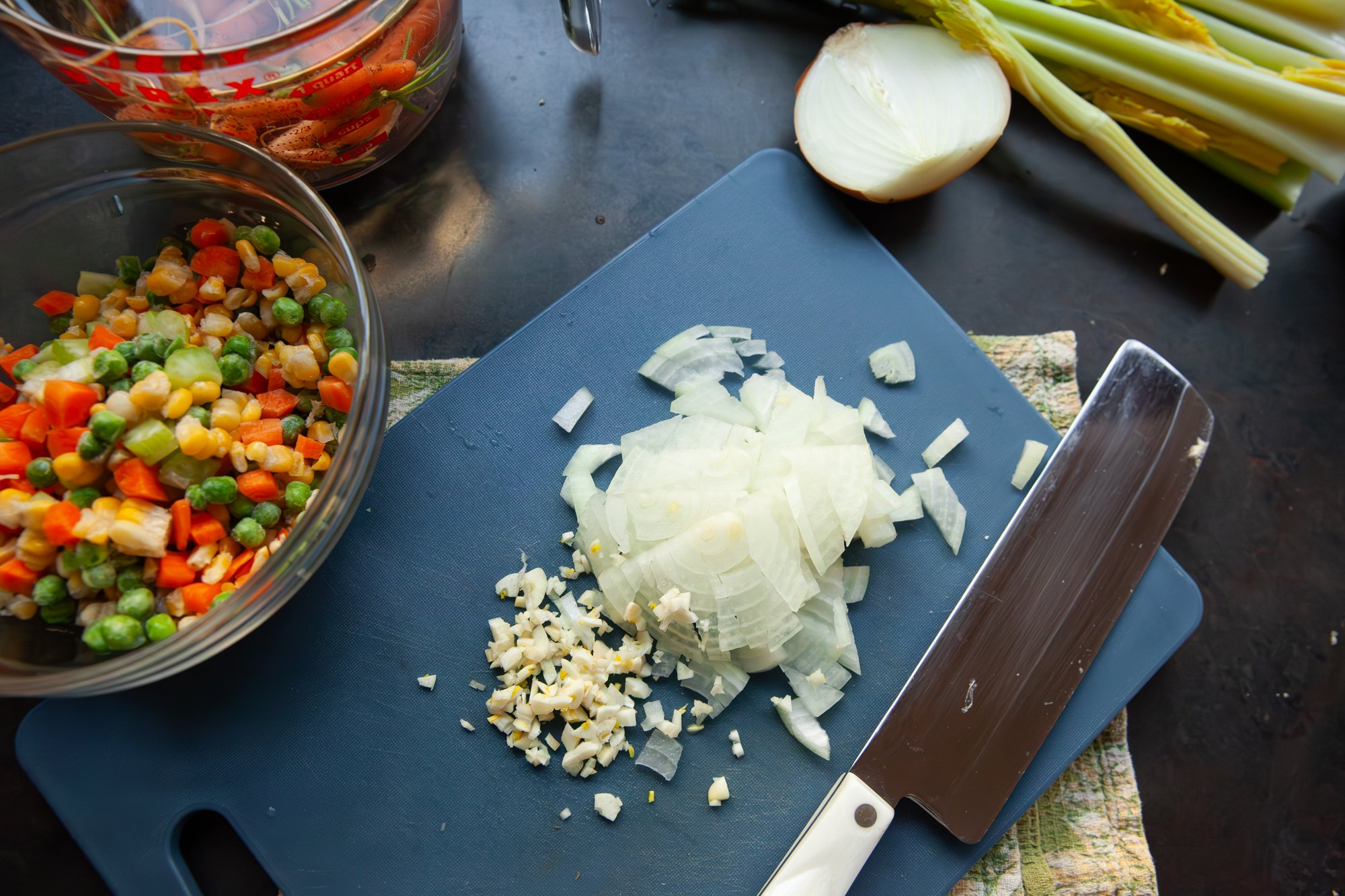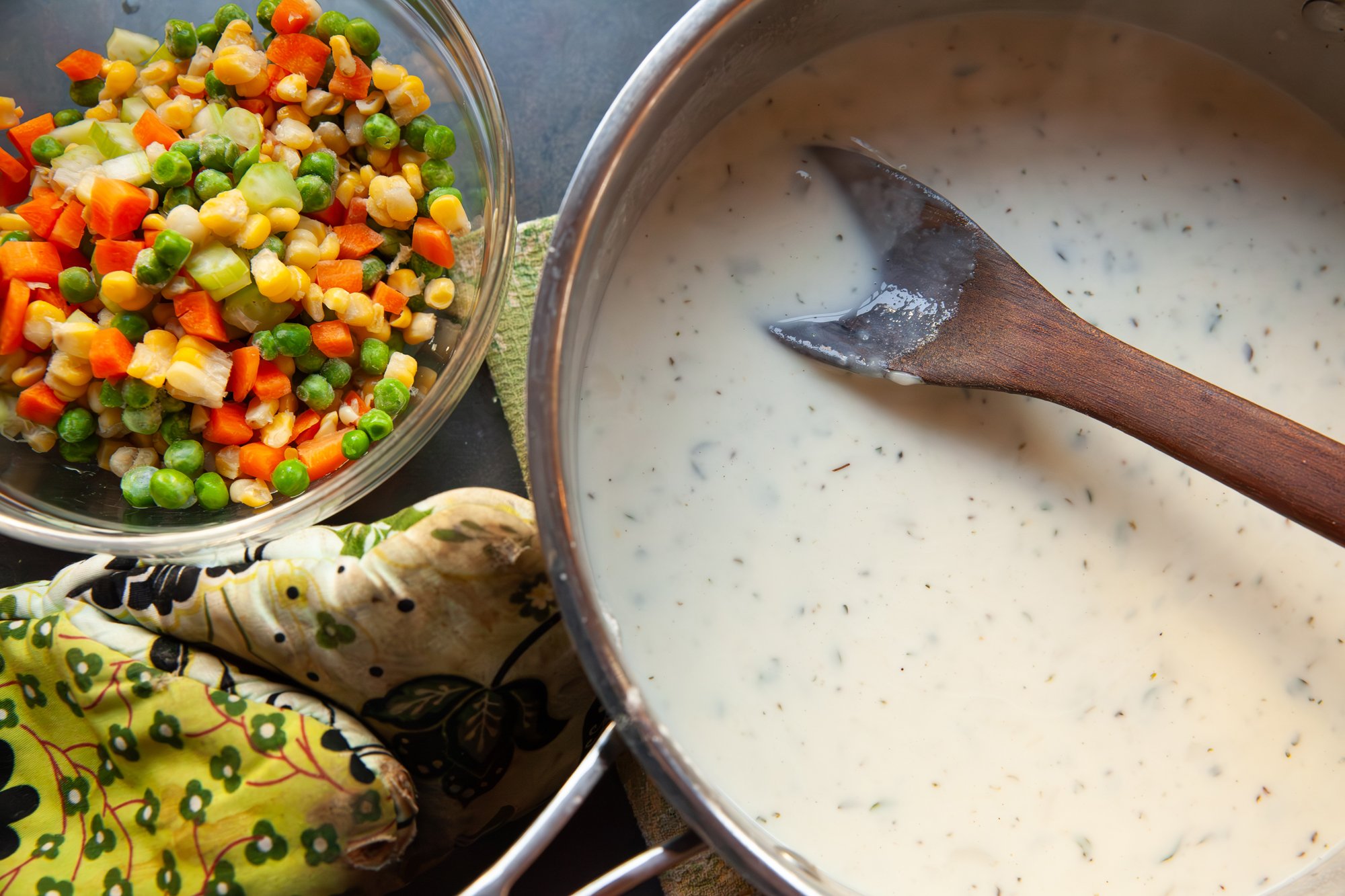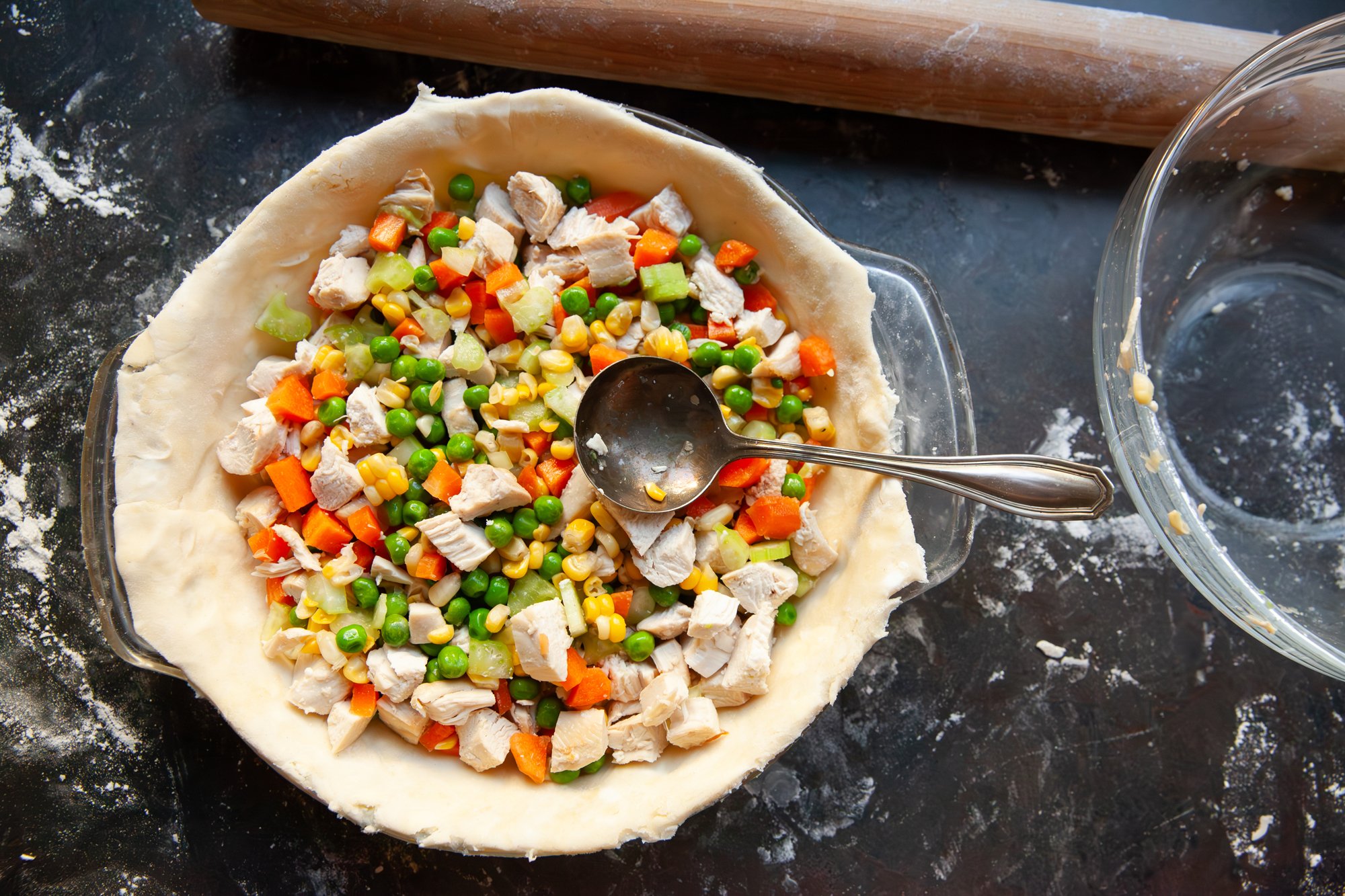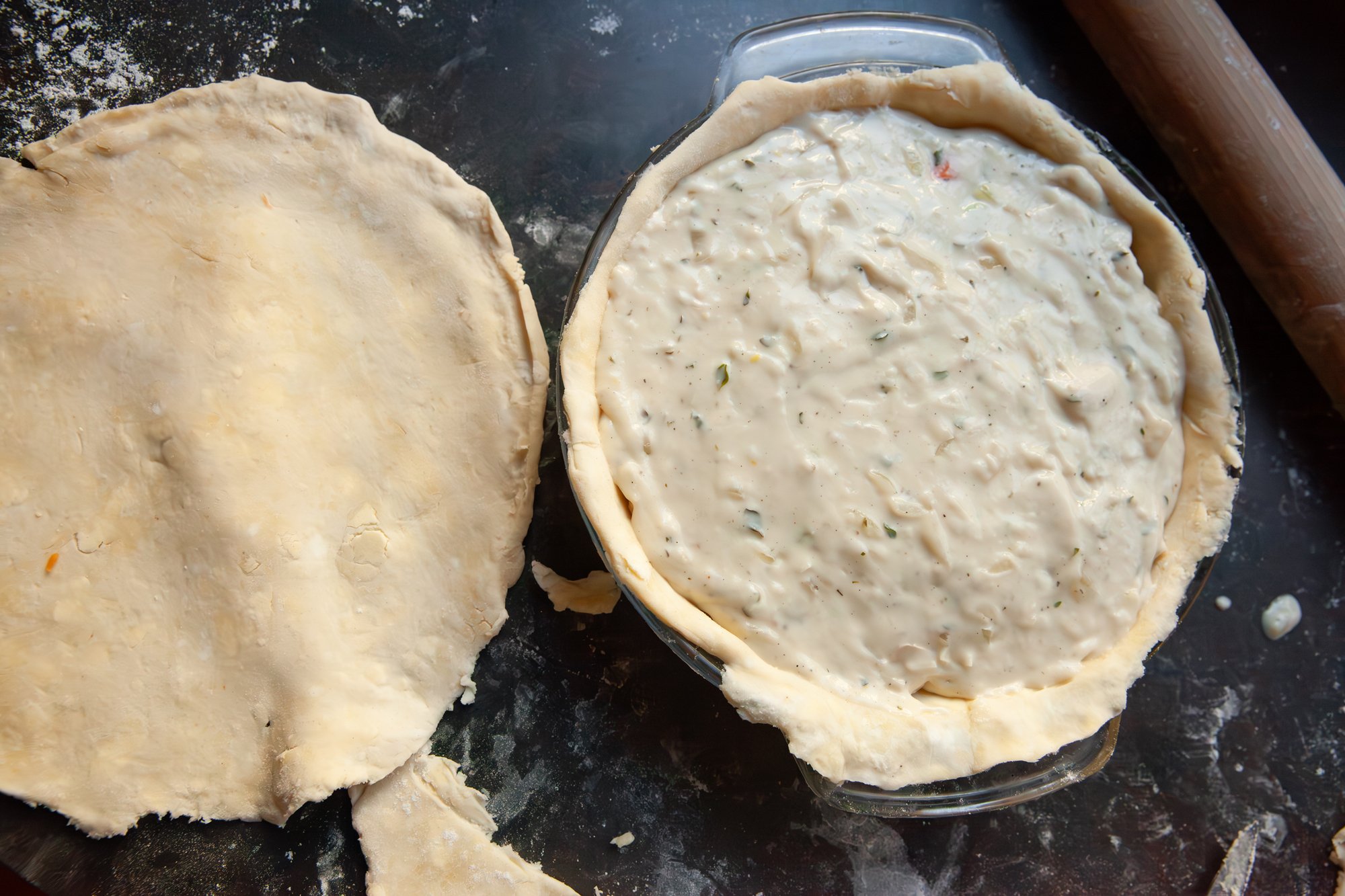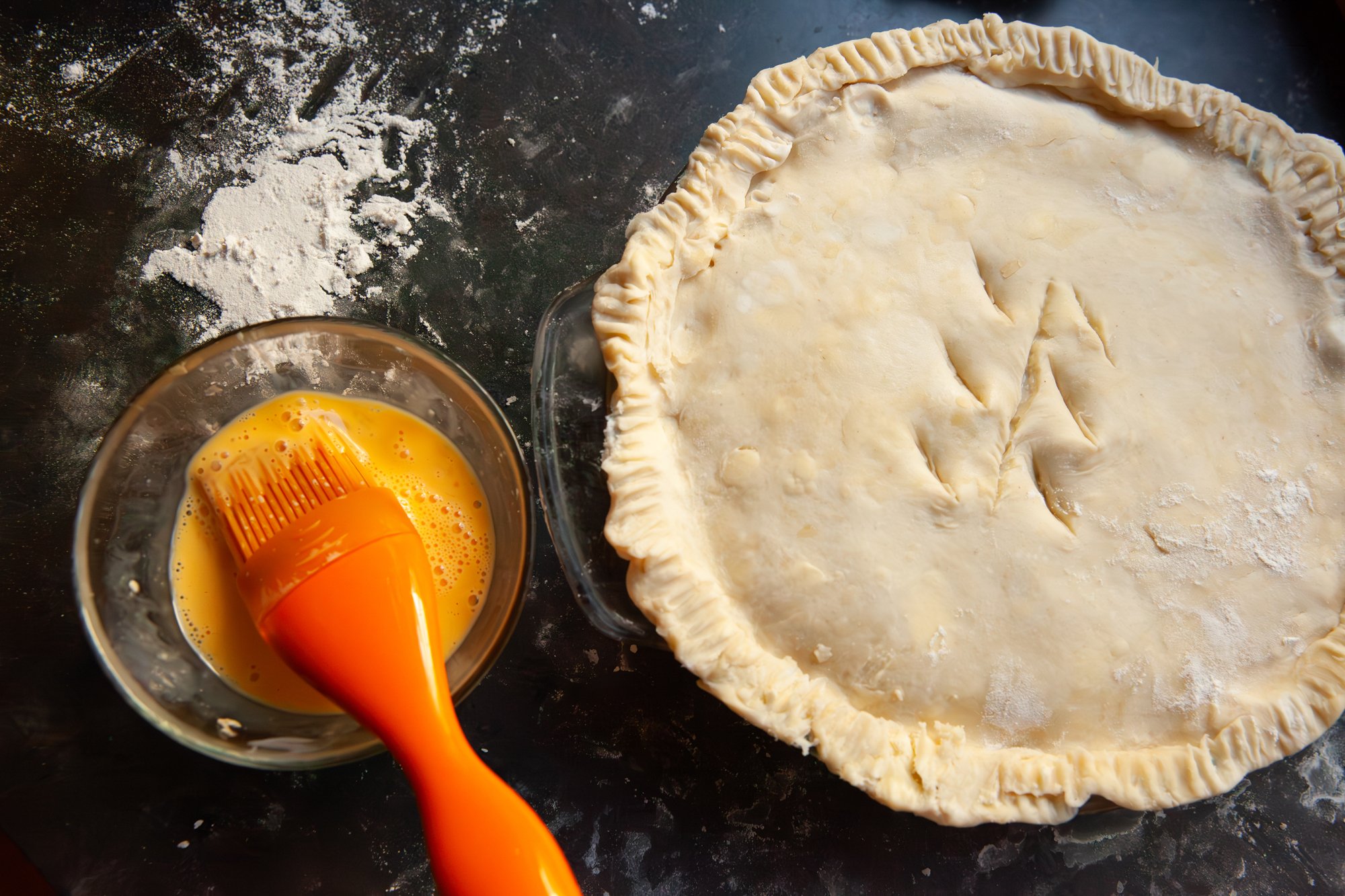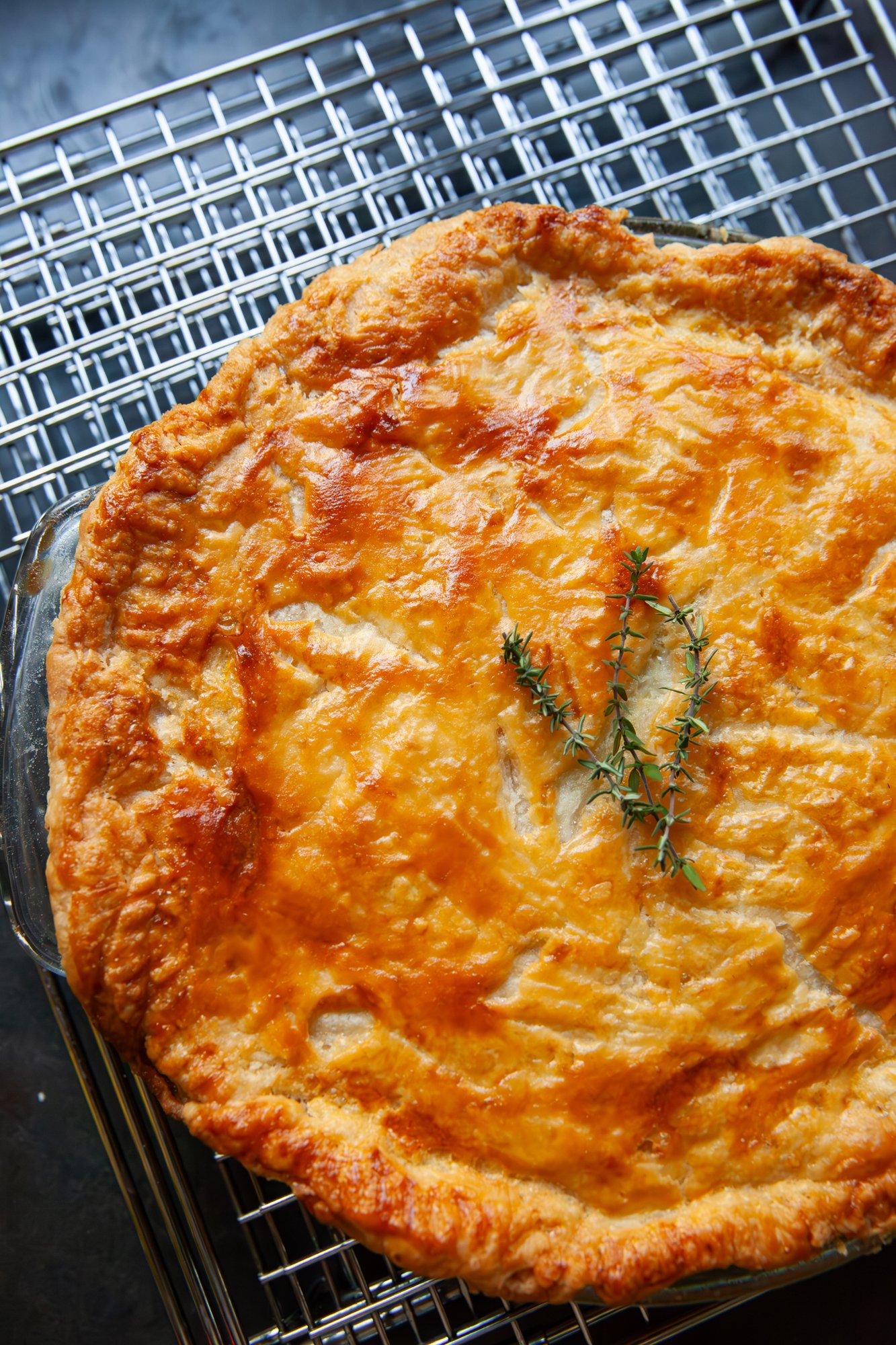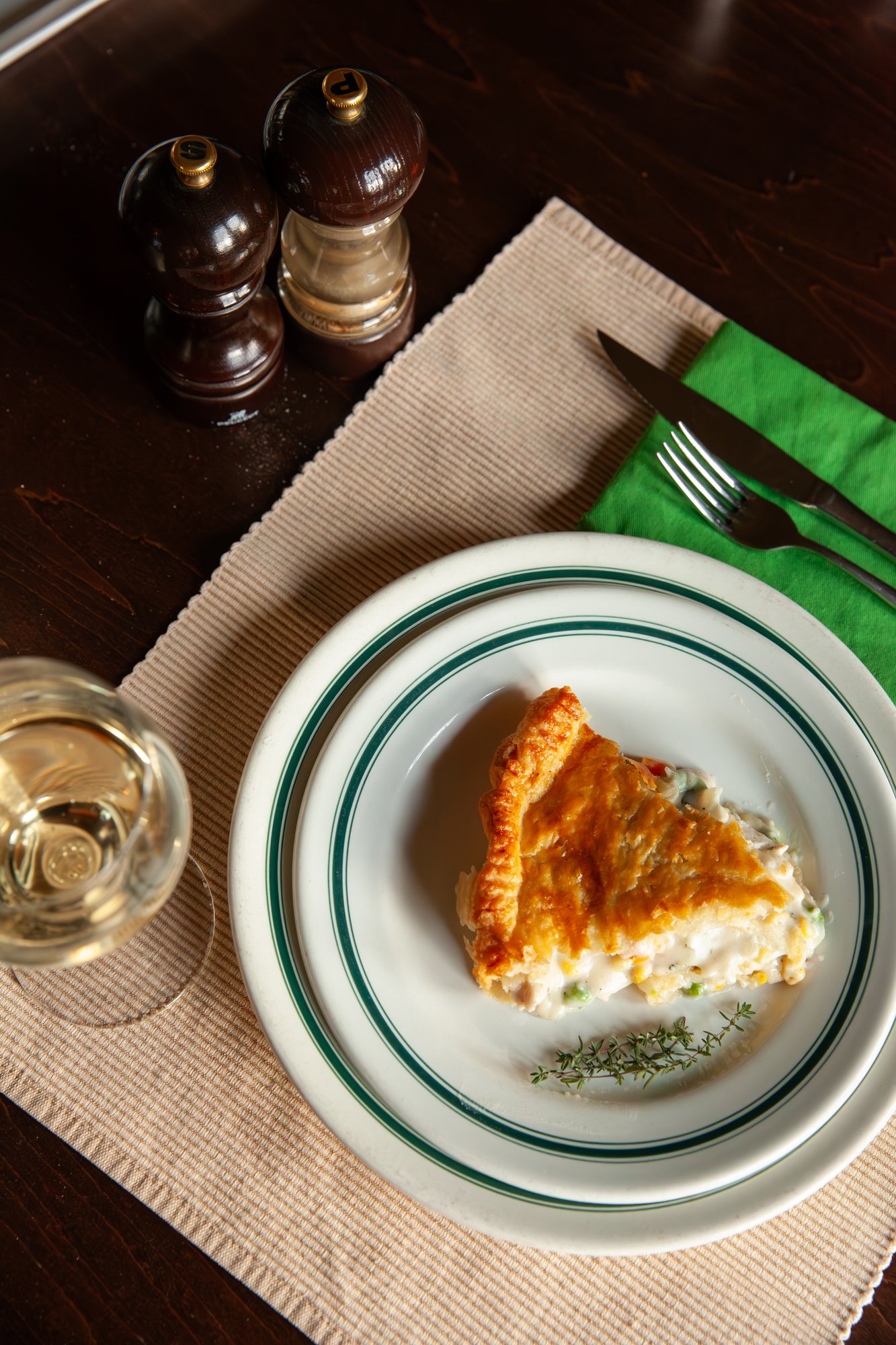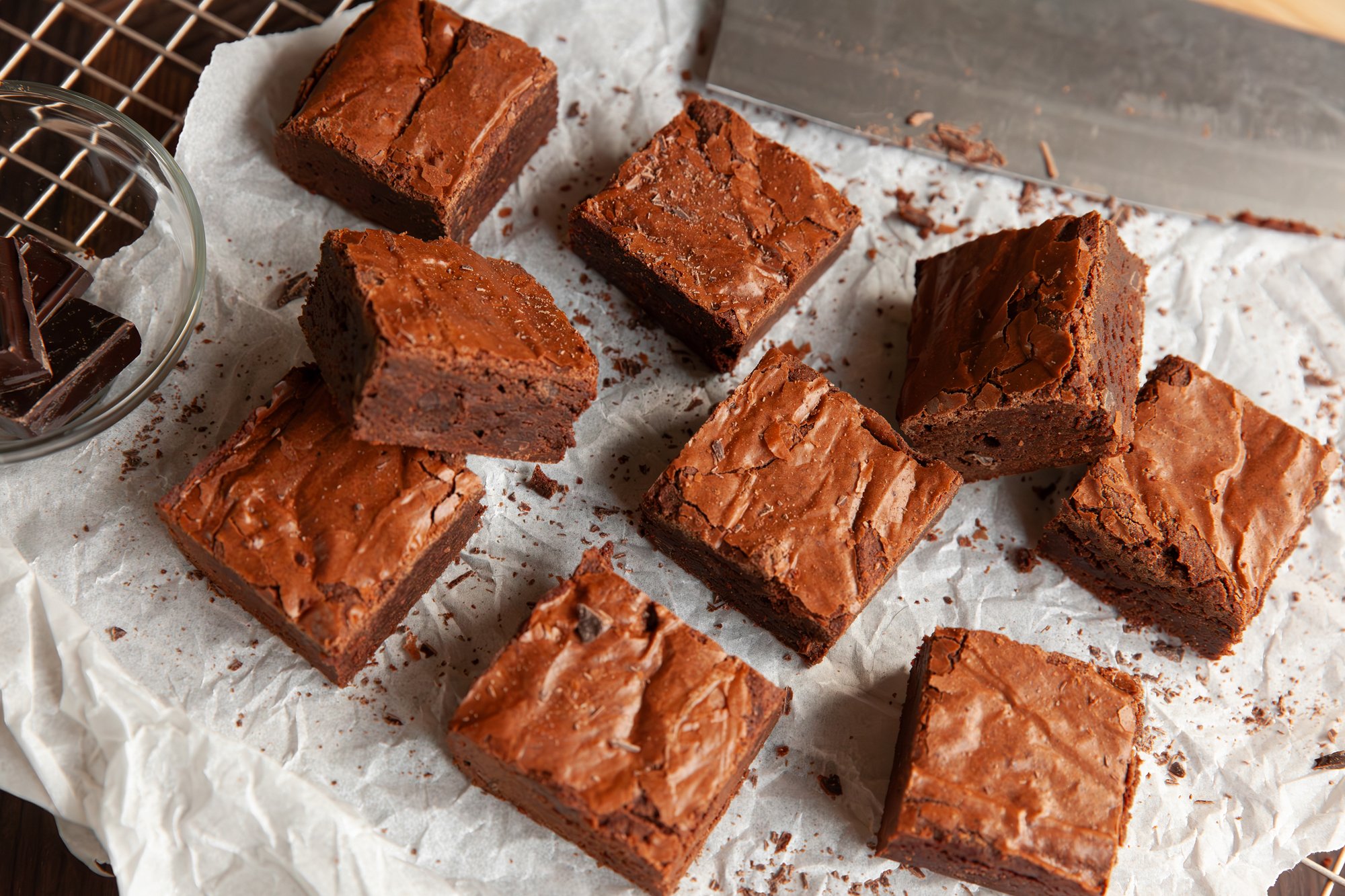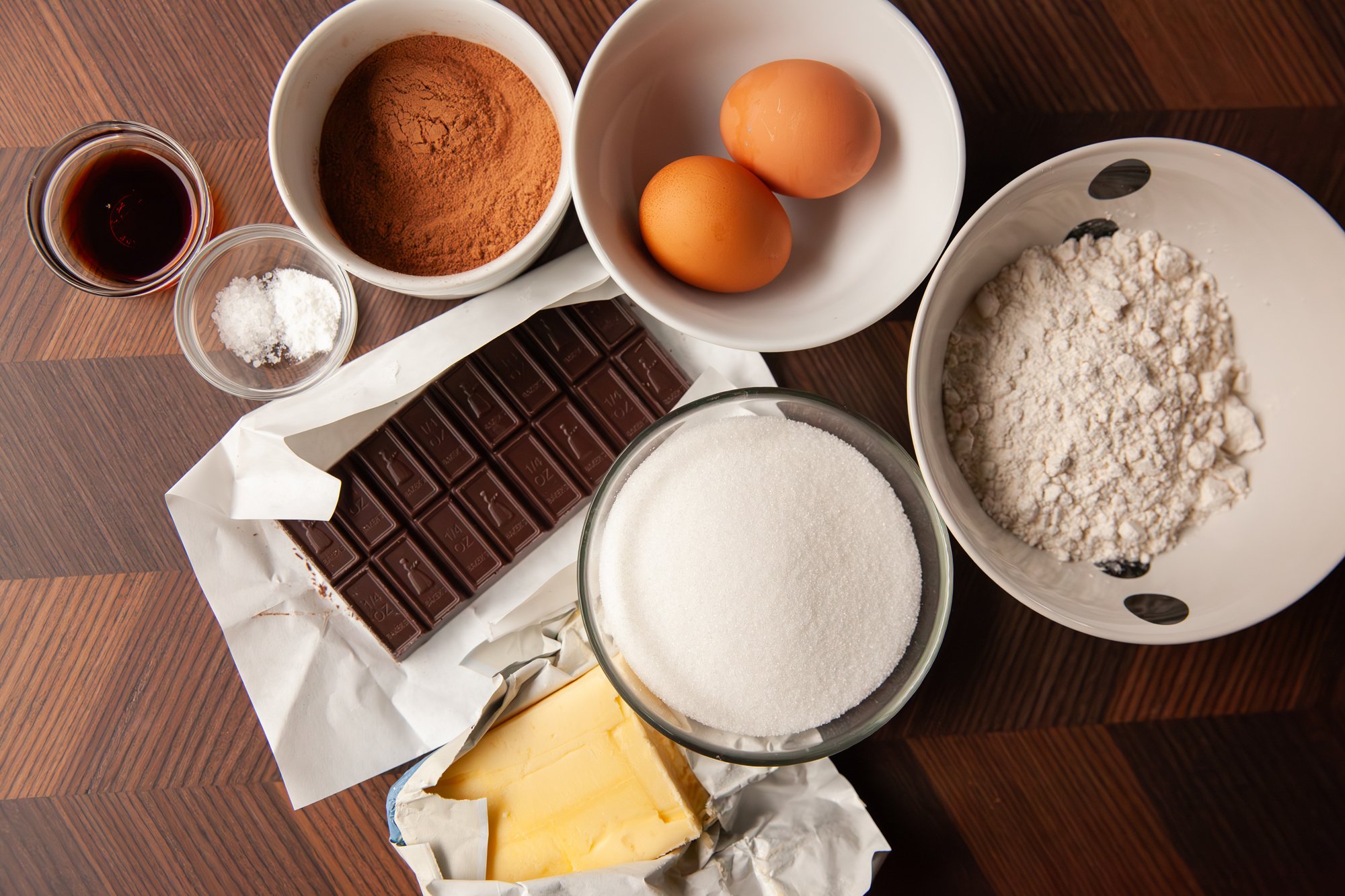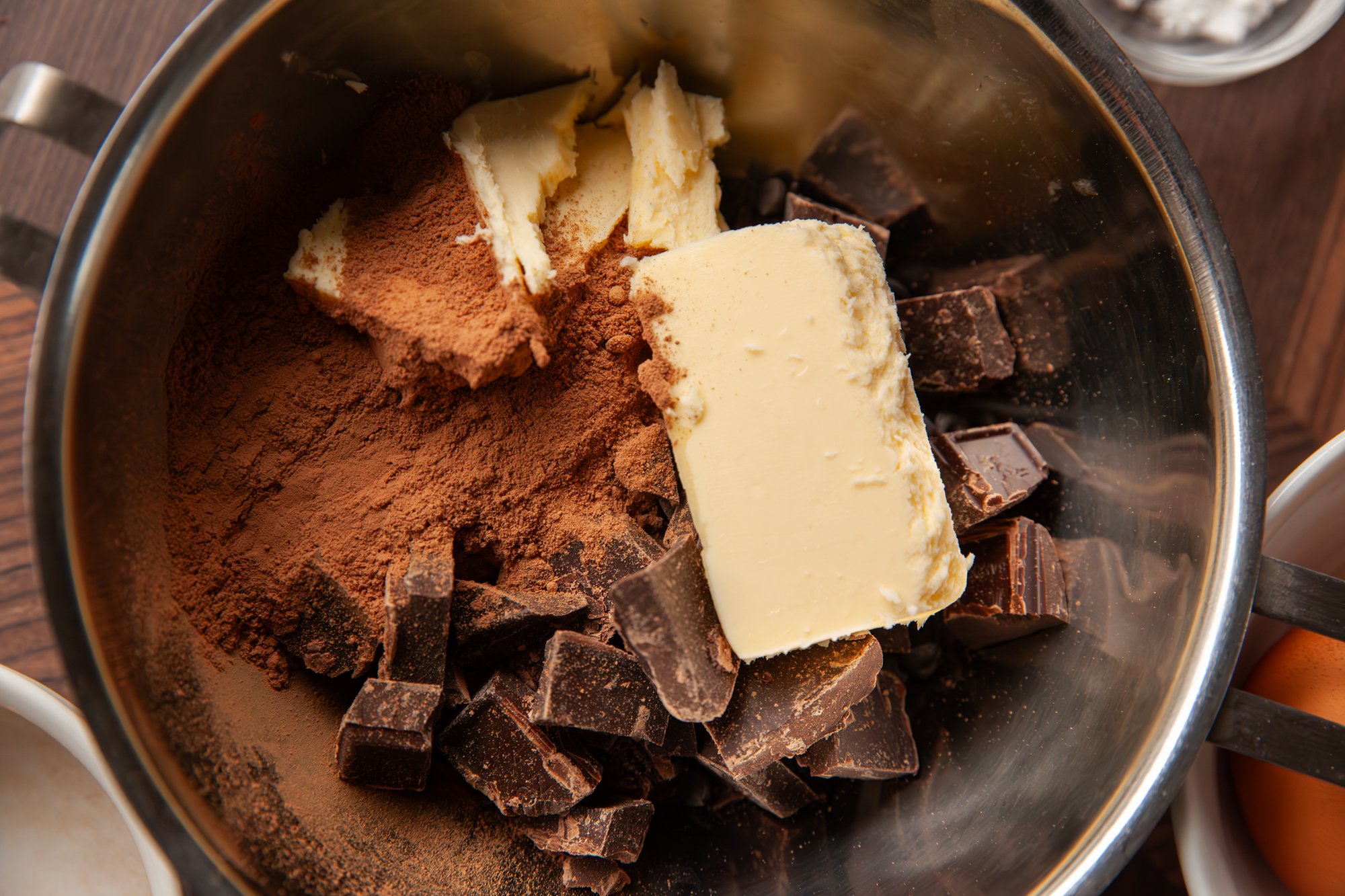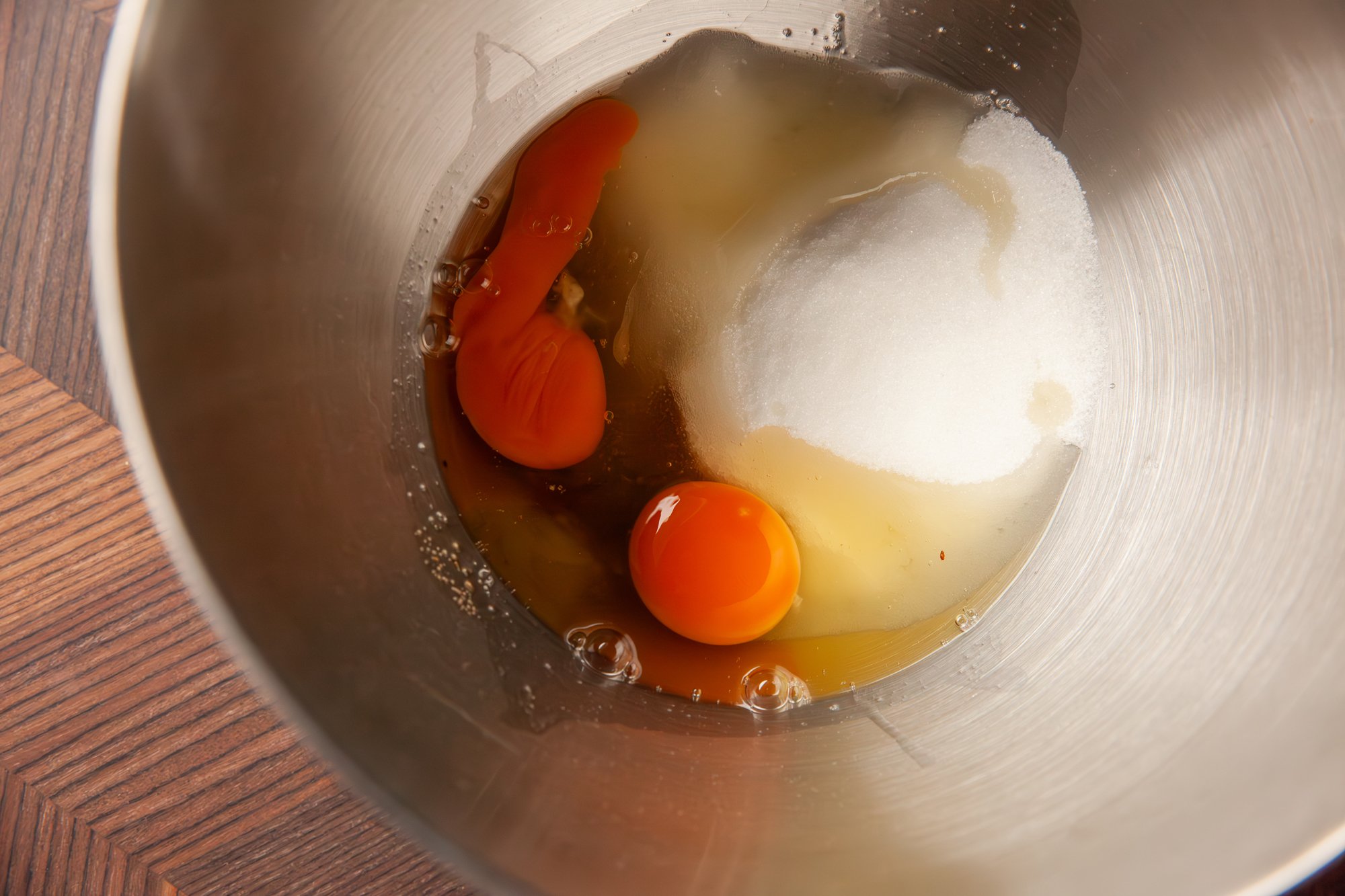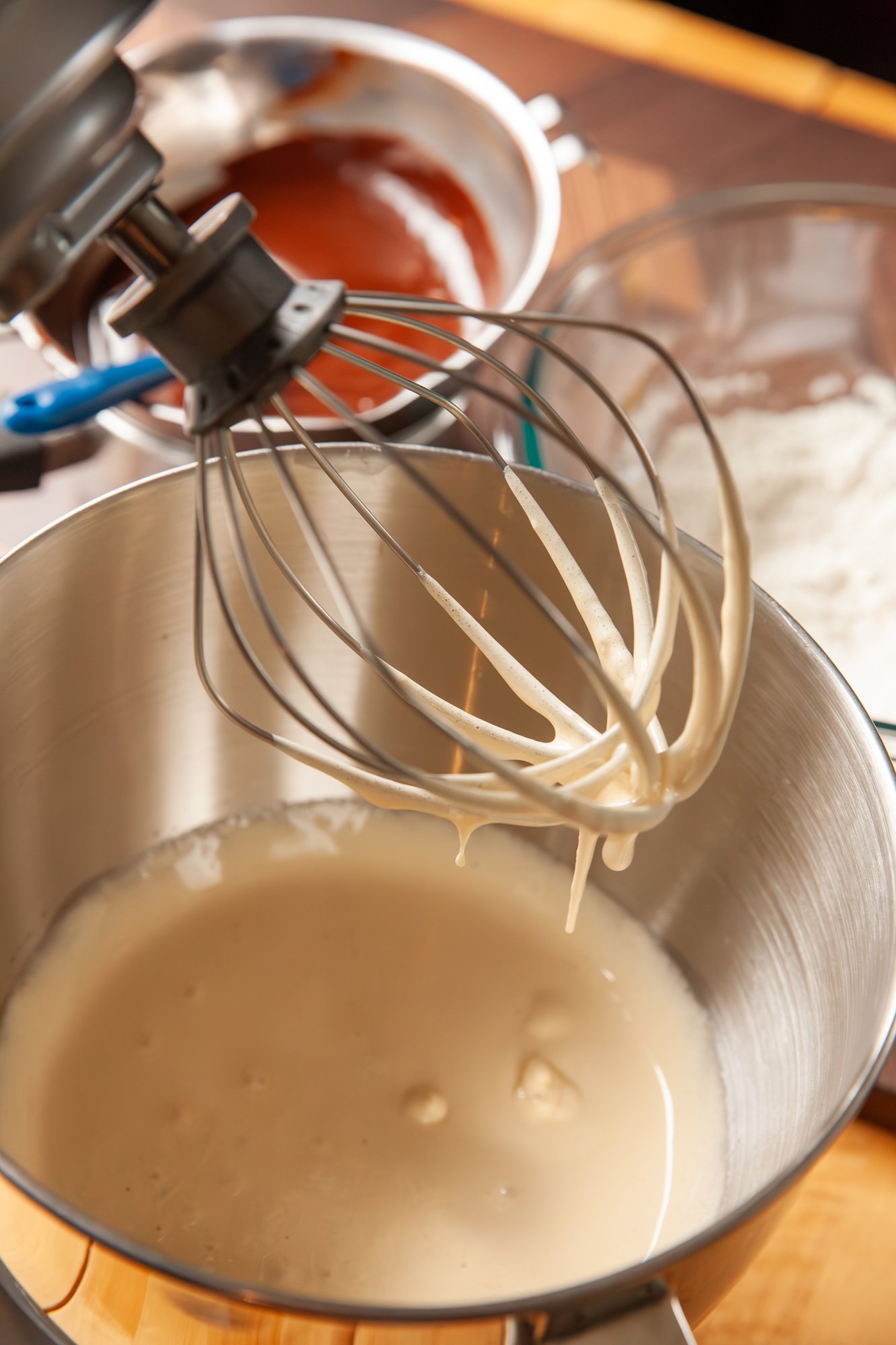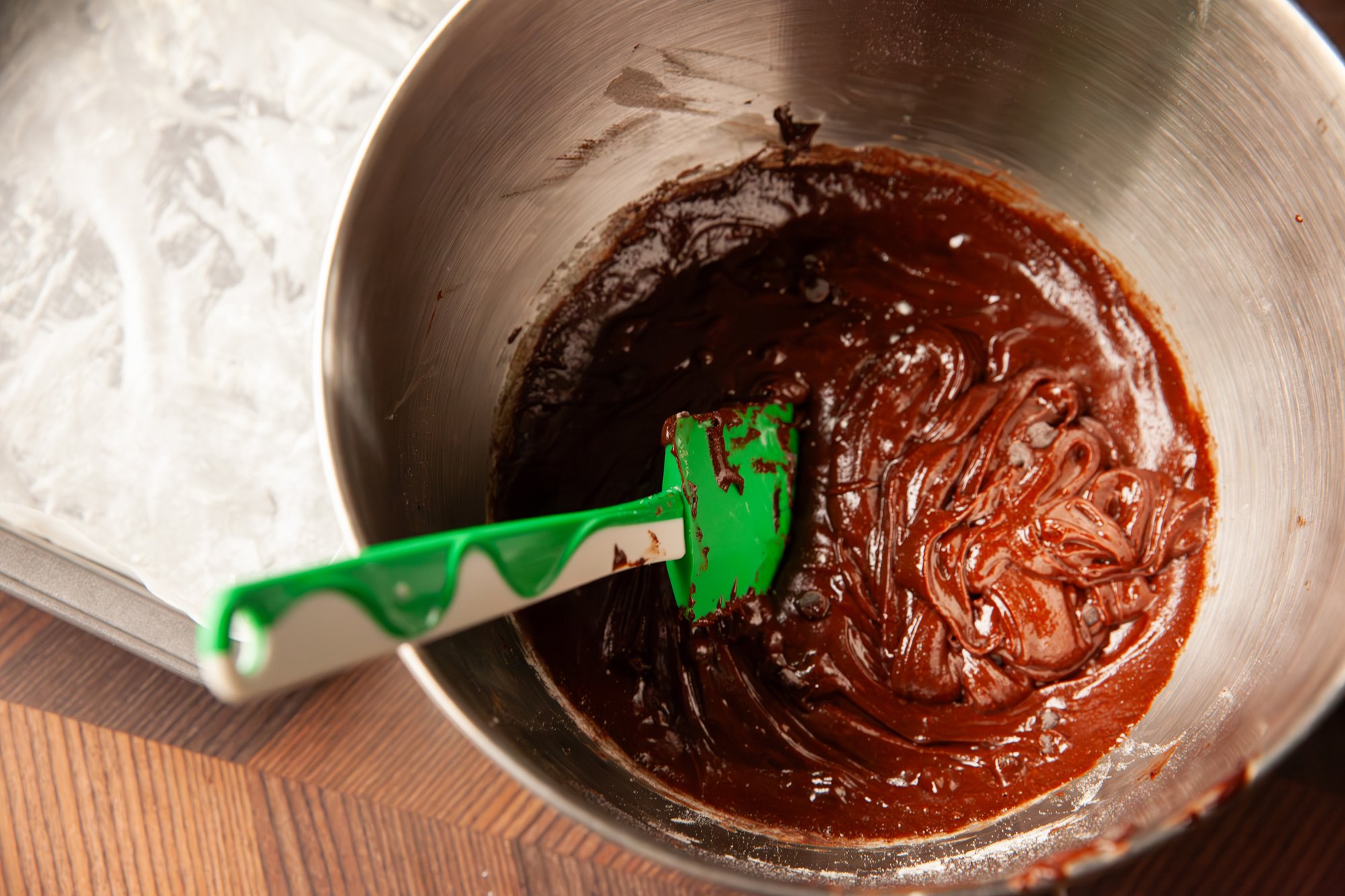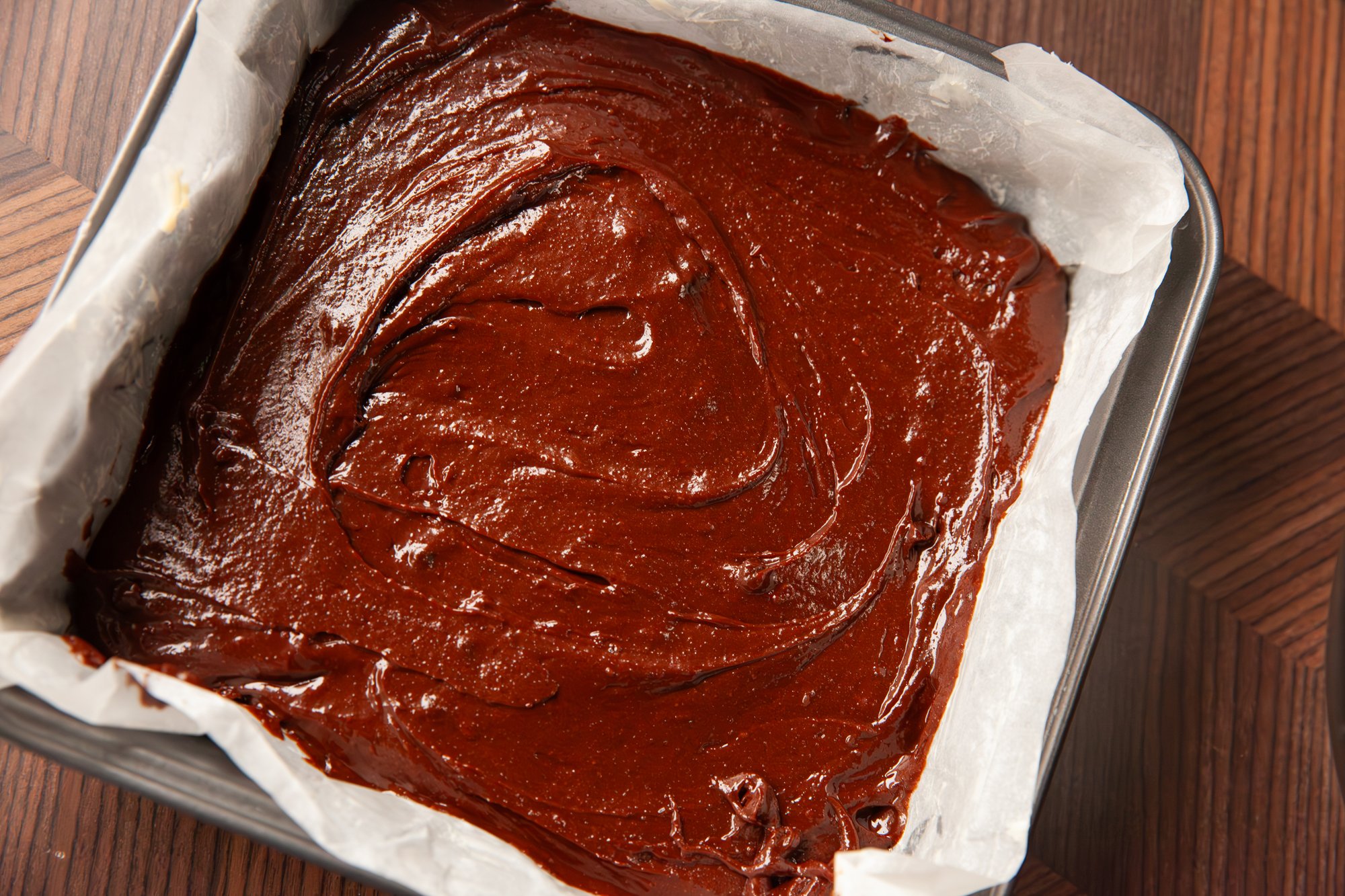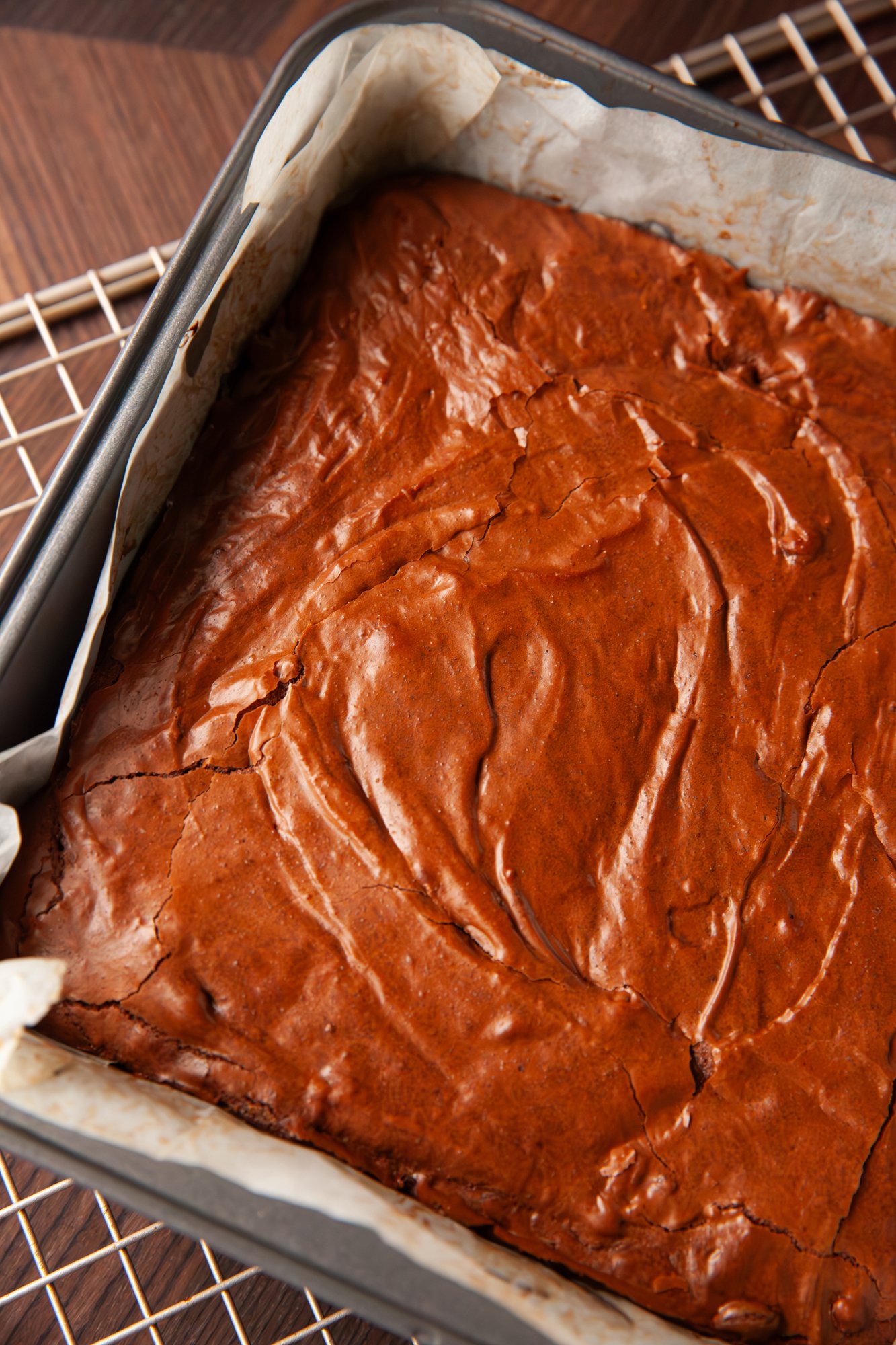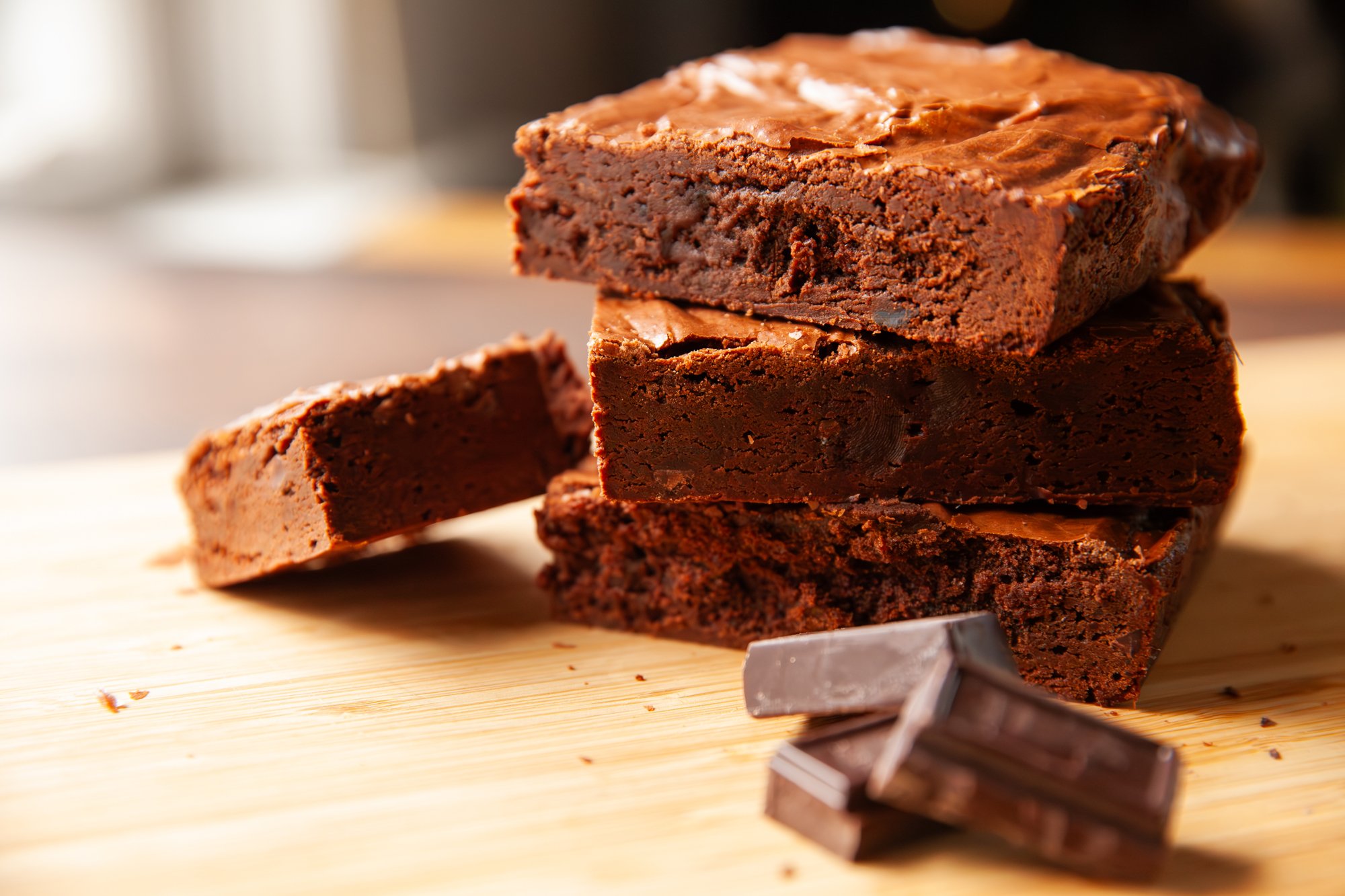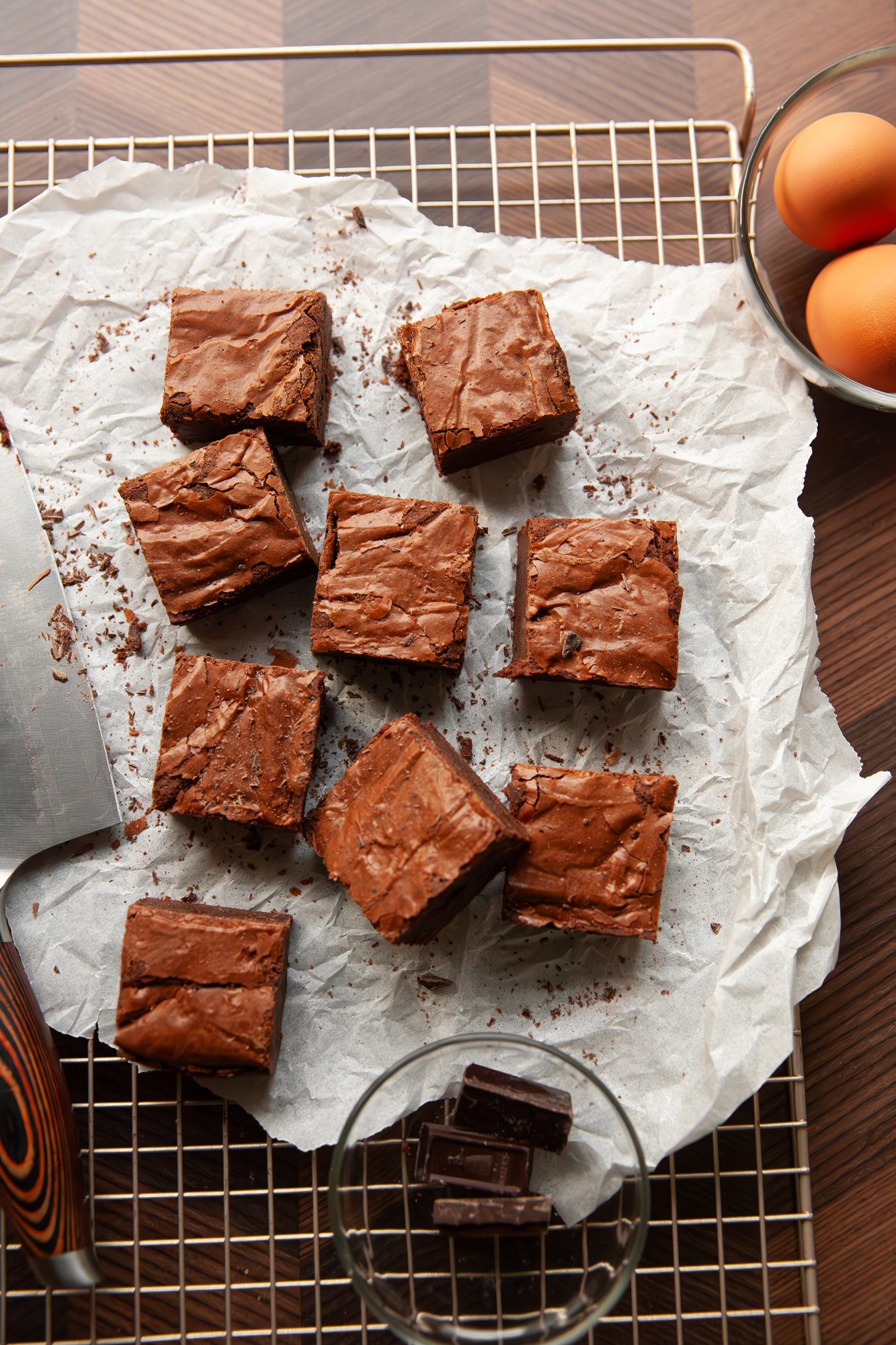Madeleines
for BC Living “From Scratch” Column
May 2025
I did a big spring clean of my oven and rediscovered my madeleine pan and immediately got the hankering for some sweet golden lemon cookies! These French treats can be a little finicky to make as the batter is very delicate and airy, but they’re completely worth the work when you pop one in your mouth still warm from the oven.
You can also play around with the ingredients – instead of lemon zest (or in addition to) add lavender, or orange and chocolate. The possibilities are endless and delicious.
INGREDIENTS
- ½ cup (unsalted) butter
- 2 eggs – room temp
- ½ cup sugar
- 2 tsp lemon zest
- 1 cup AP flour
- ½ tsp baking powder
- 1 tsp vanilla extract
- pinch of salt
- powdered sugar for sprinkling (optional)
*You will need a madeleine pan for this recipe
INSTRUCTIONS
In a small pan, melt the butter and then set aside to cool while you prep the rest of the ingredients.
In a large bowl, or in a stand mixer with the whisk attachment, beat the eggs and sugar at high speed for about 10 minutes. You want to mixture to be pale and when the beaters/whisk is lifted it should form ribbons. Add in the lemon zest and vanilla and beat to combine.
In a separate bowl, whisk the flour, salt and baking powder until combined then, with a spatula, fold the flour mixture into the egg mixture a small bit at a time. You want to be gentle so as to not over mix. Keep it light!
Finally fold in the melted butter until it is incorporated.
Cover with plastic wrap and chill in the fridge for a maximum of one hour.
Preheat the oven to 350F and prep the madeleine pan by brushing it with melted butter. You can also flour the pan to help keep the madeleines from sticking but I was able to remove them without doing so.
When the batter has finished chilling, scoop about 1 tbsp into the center of each of the cookie wells – you don’t need to spread it around, it will expand while baking.
Bake for 10-12 minutes until the cookies spring back and are nicely browned. Transfer the cookies to a wire rack right away to let them cool.
If you want to (I definitely did) you can sprinkle with powdered sugar to serve.
The cookies are best the same day (and warm), but I found putting them in a paper bag let them stay moist overnight for breakfast the next morning.
ENJOY!



